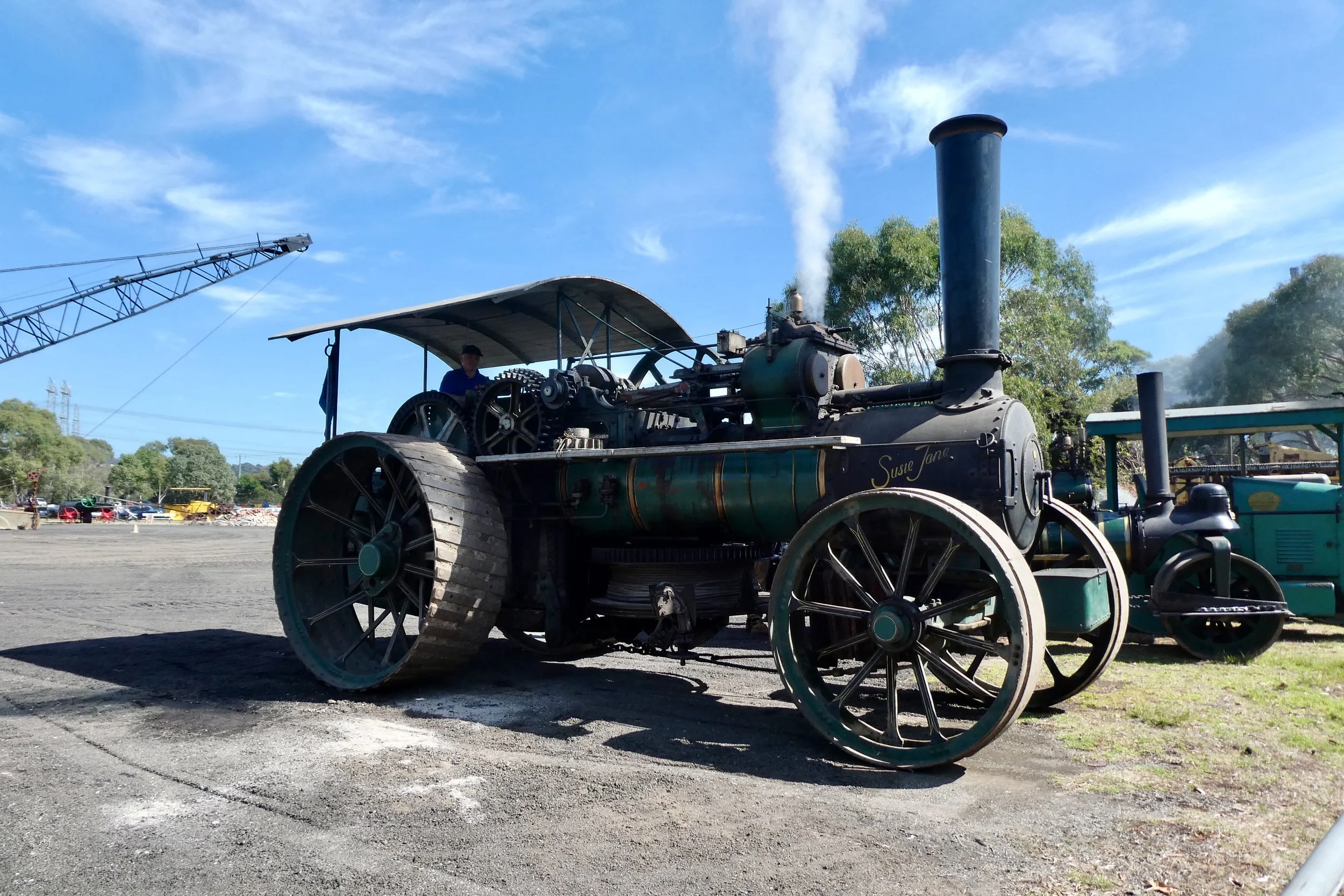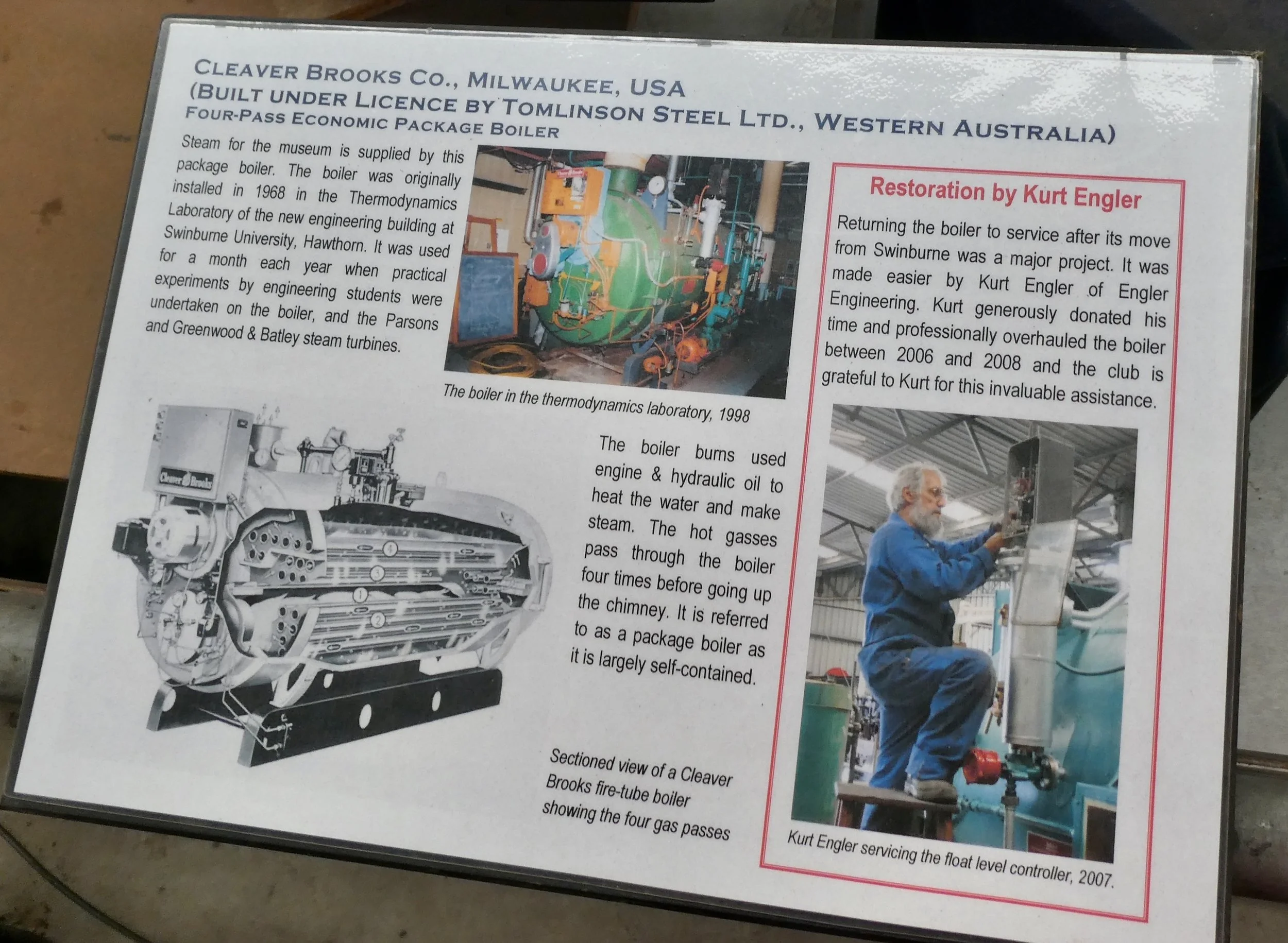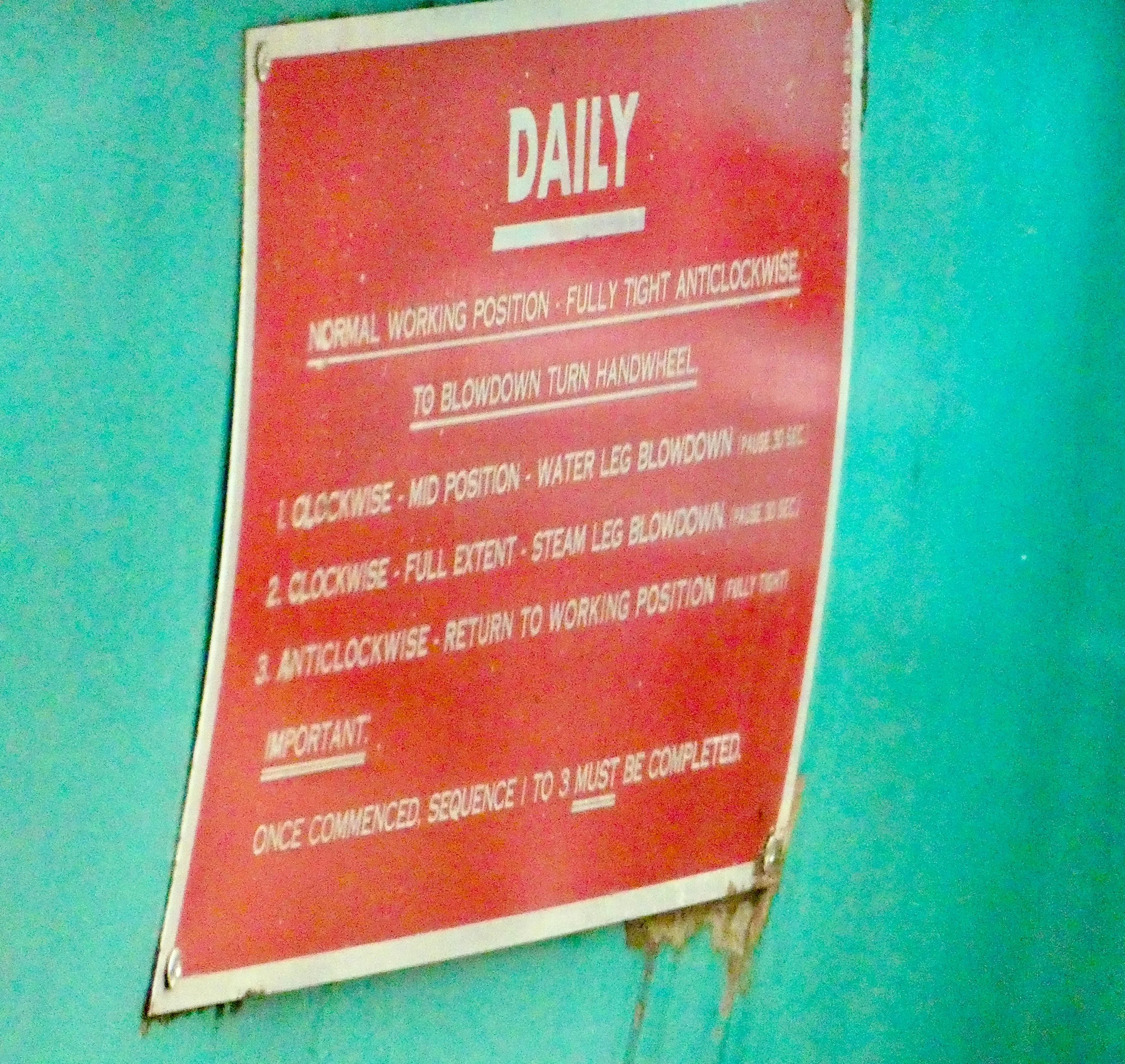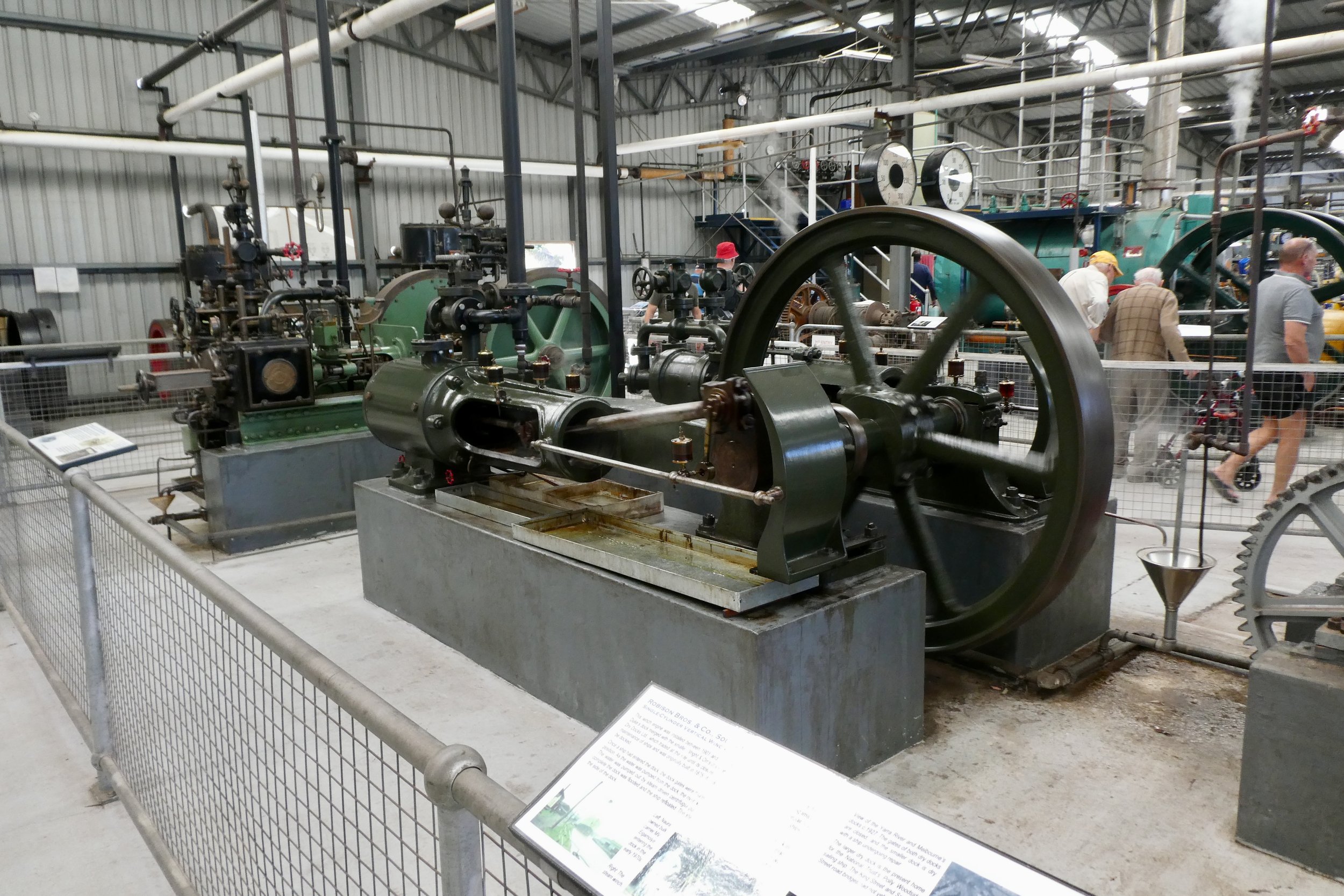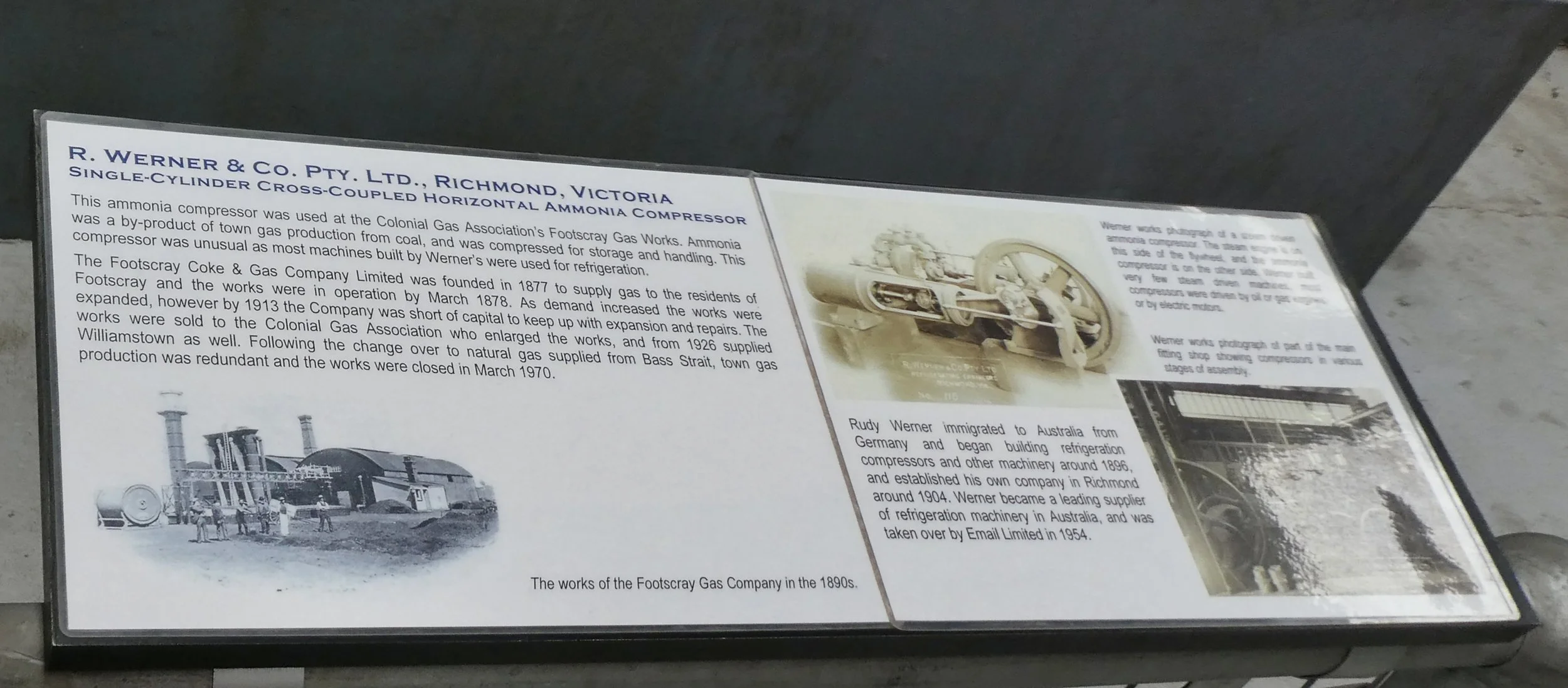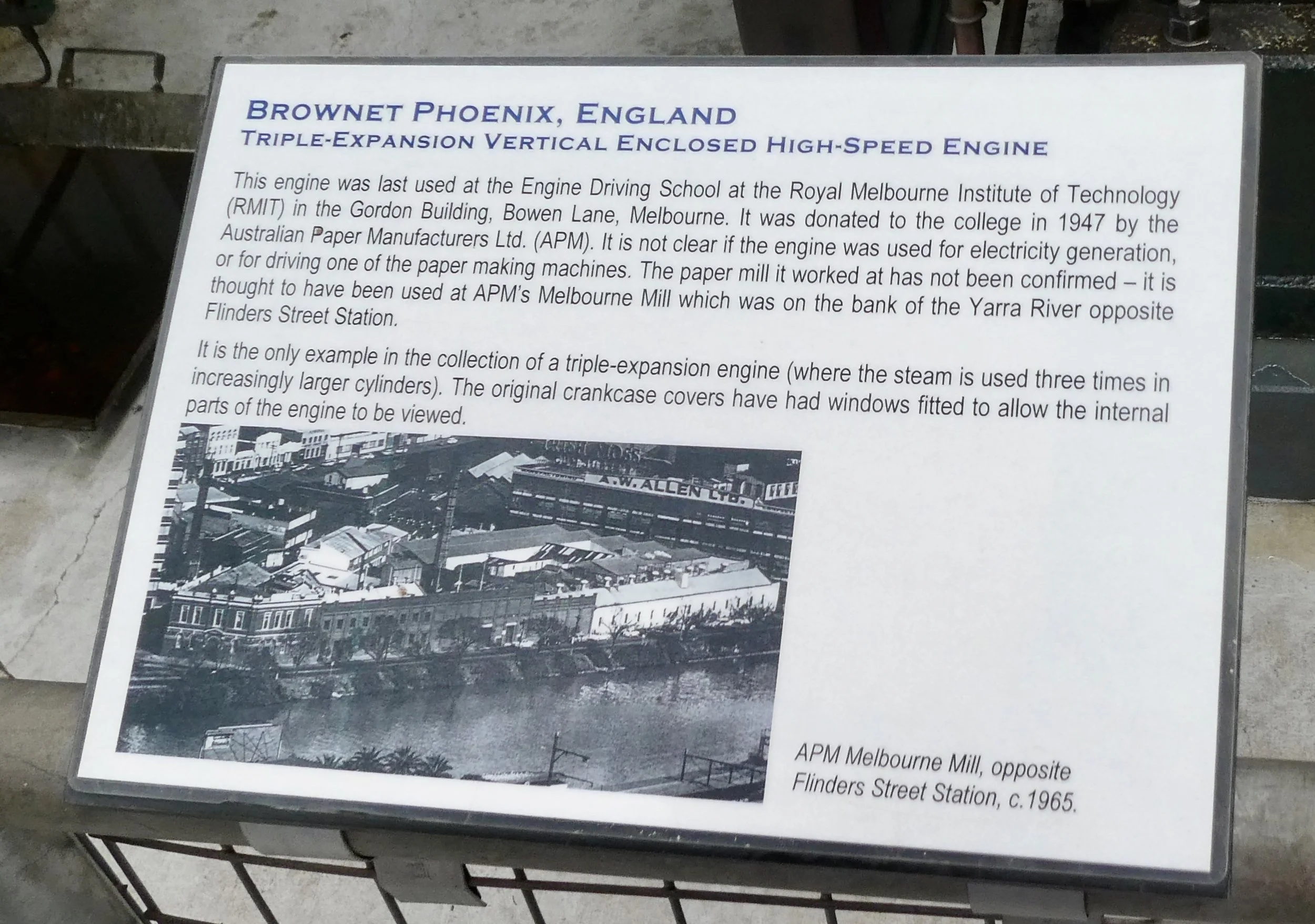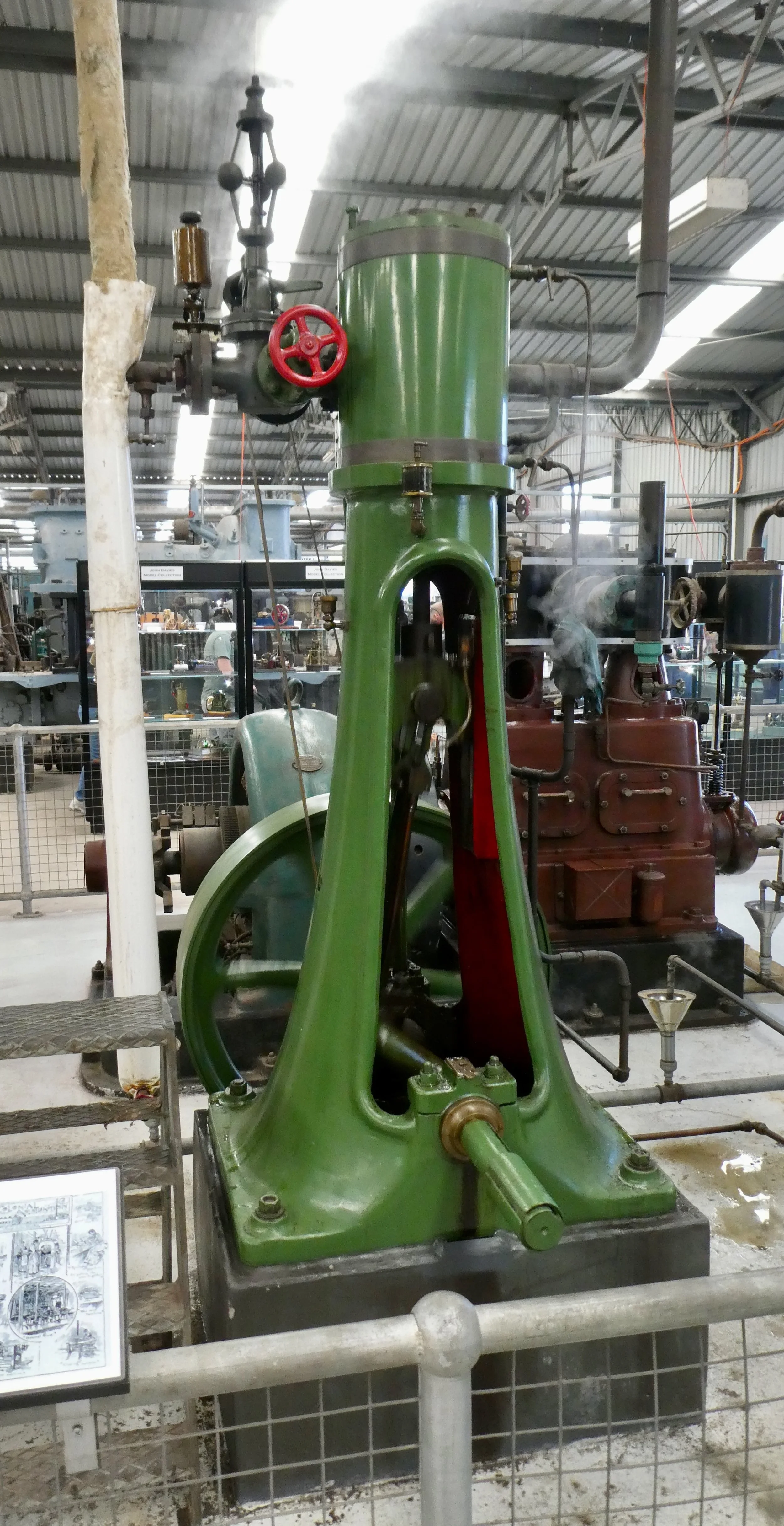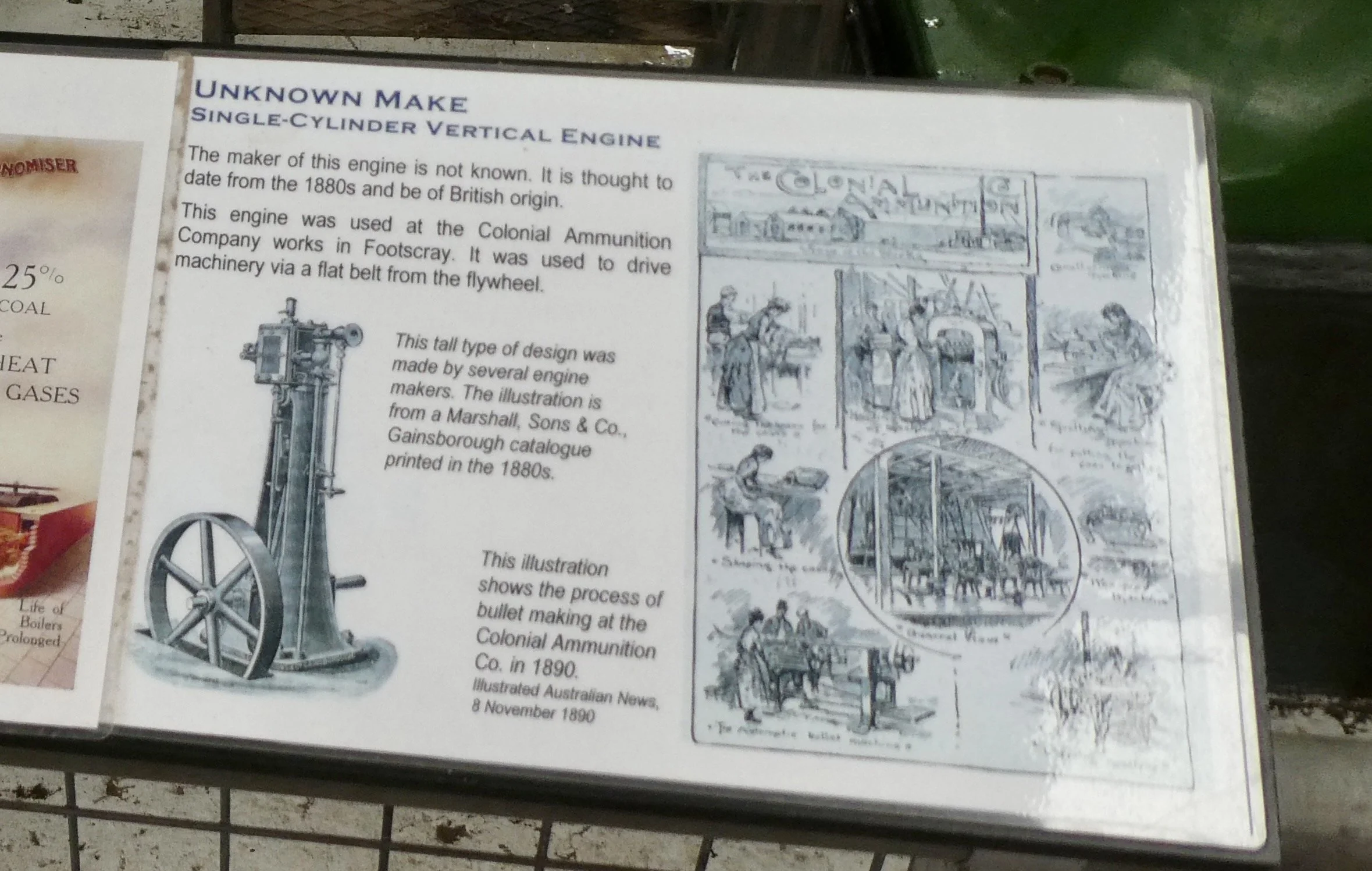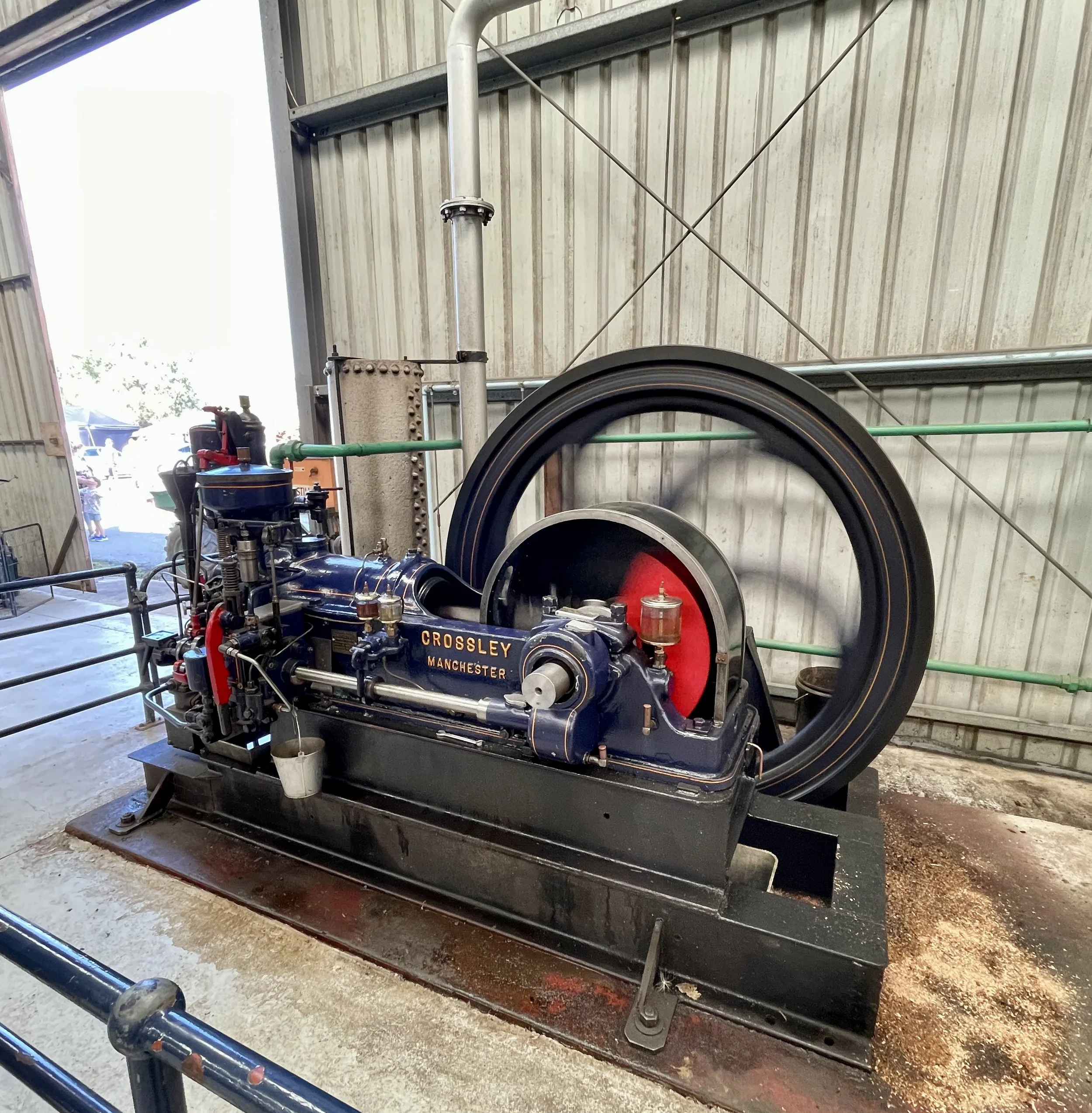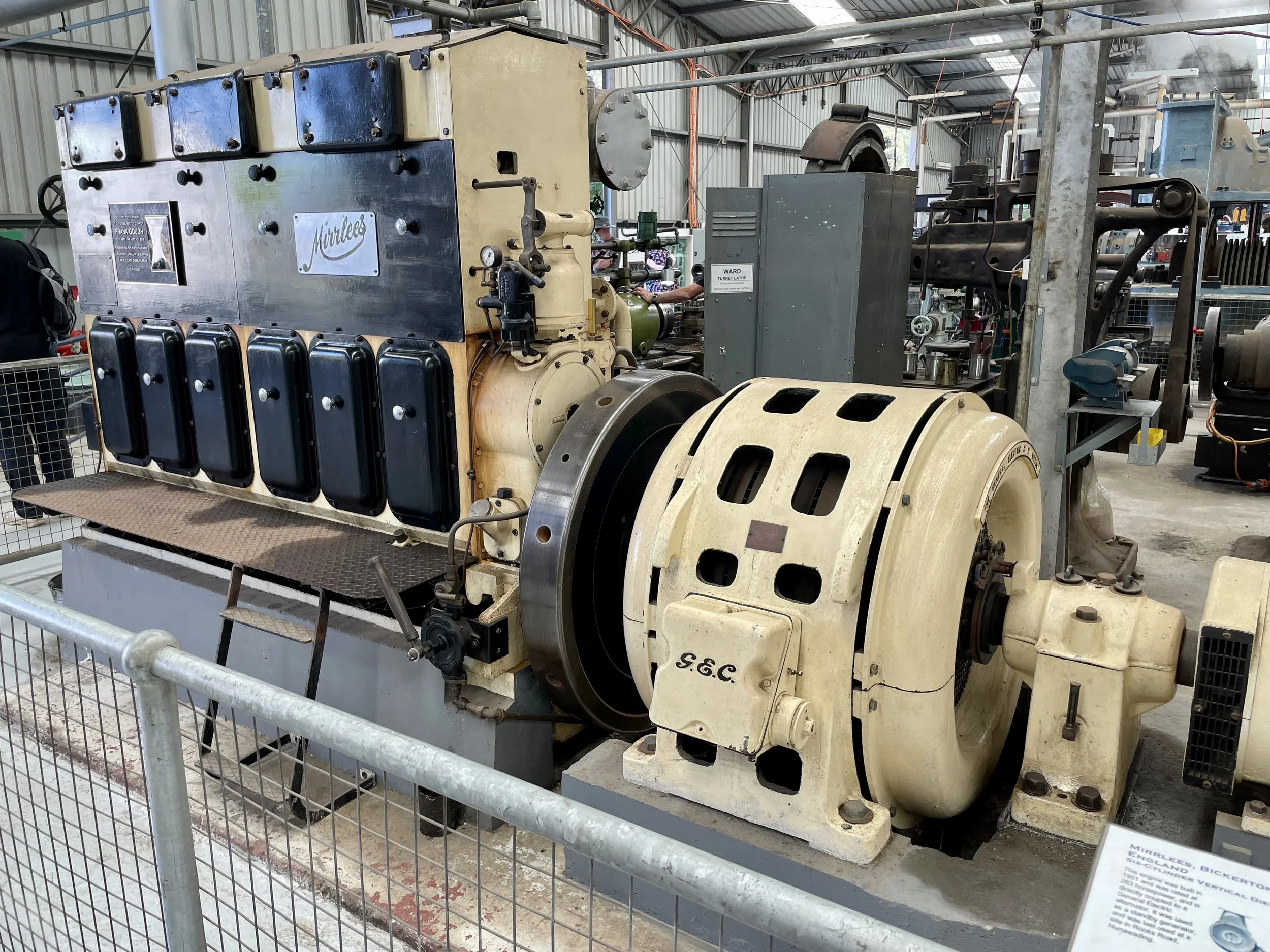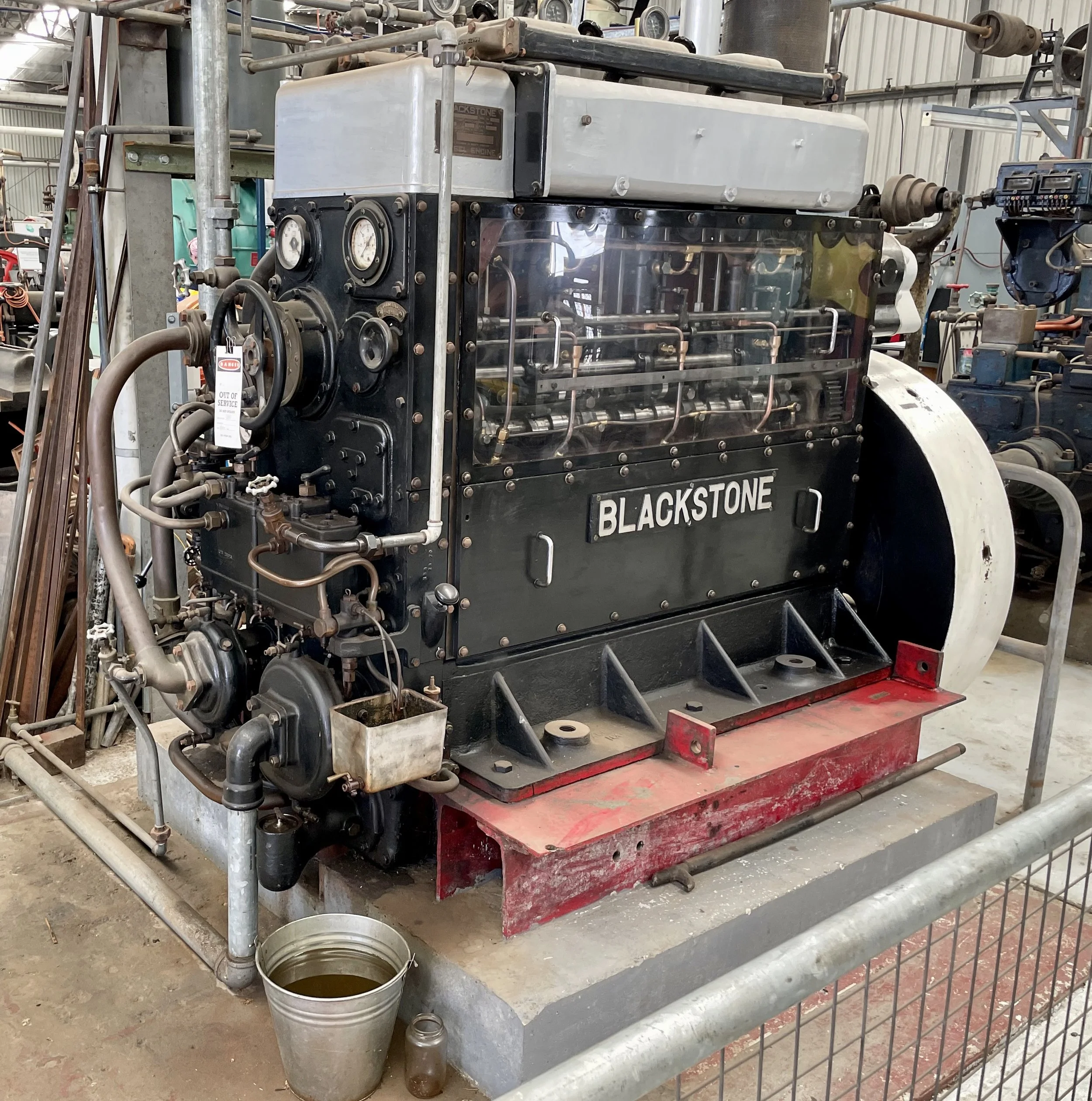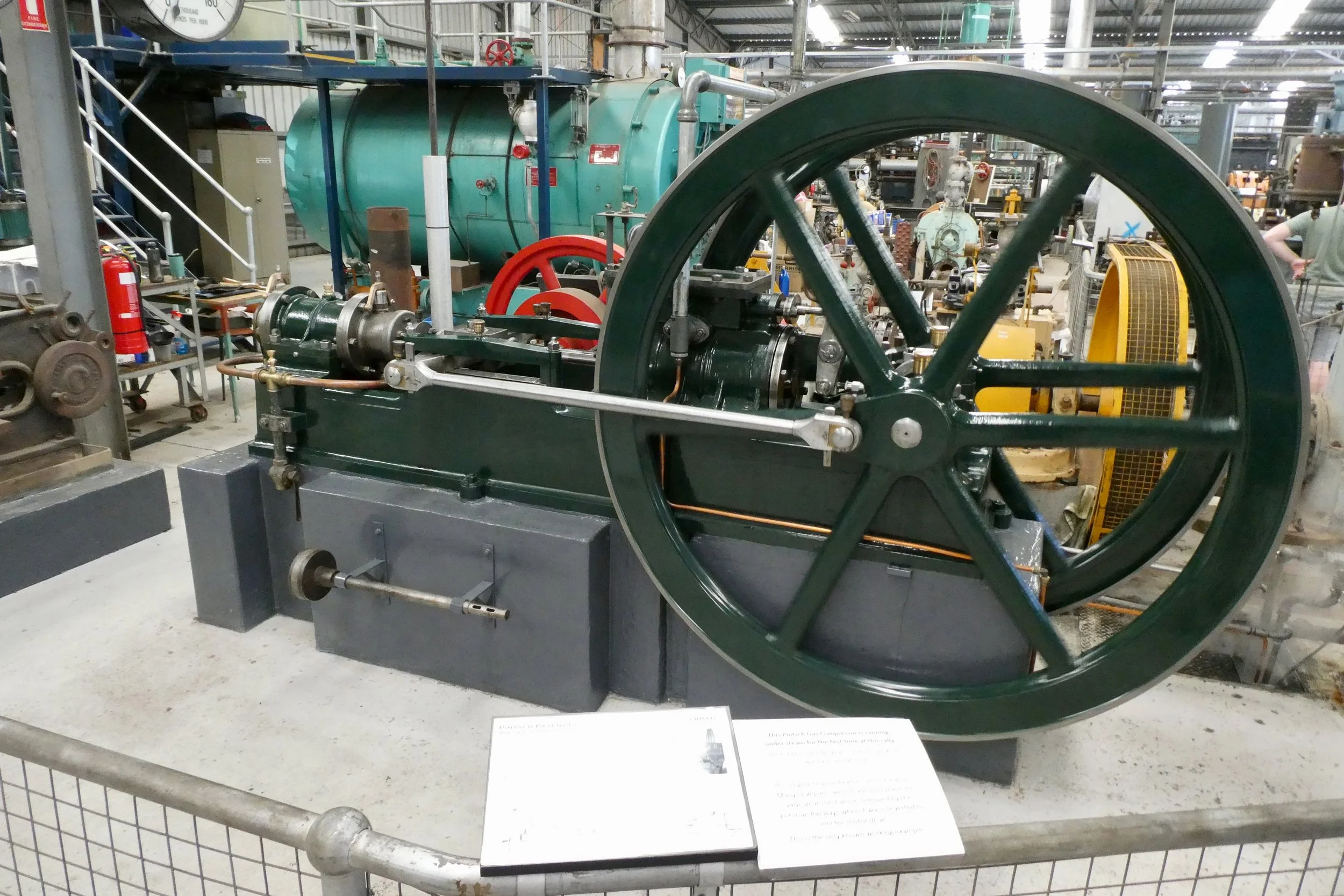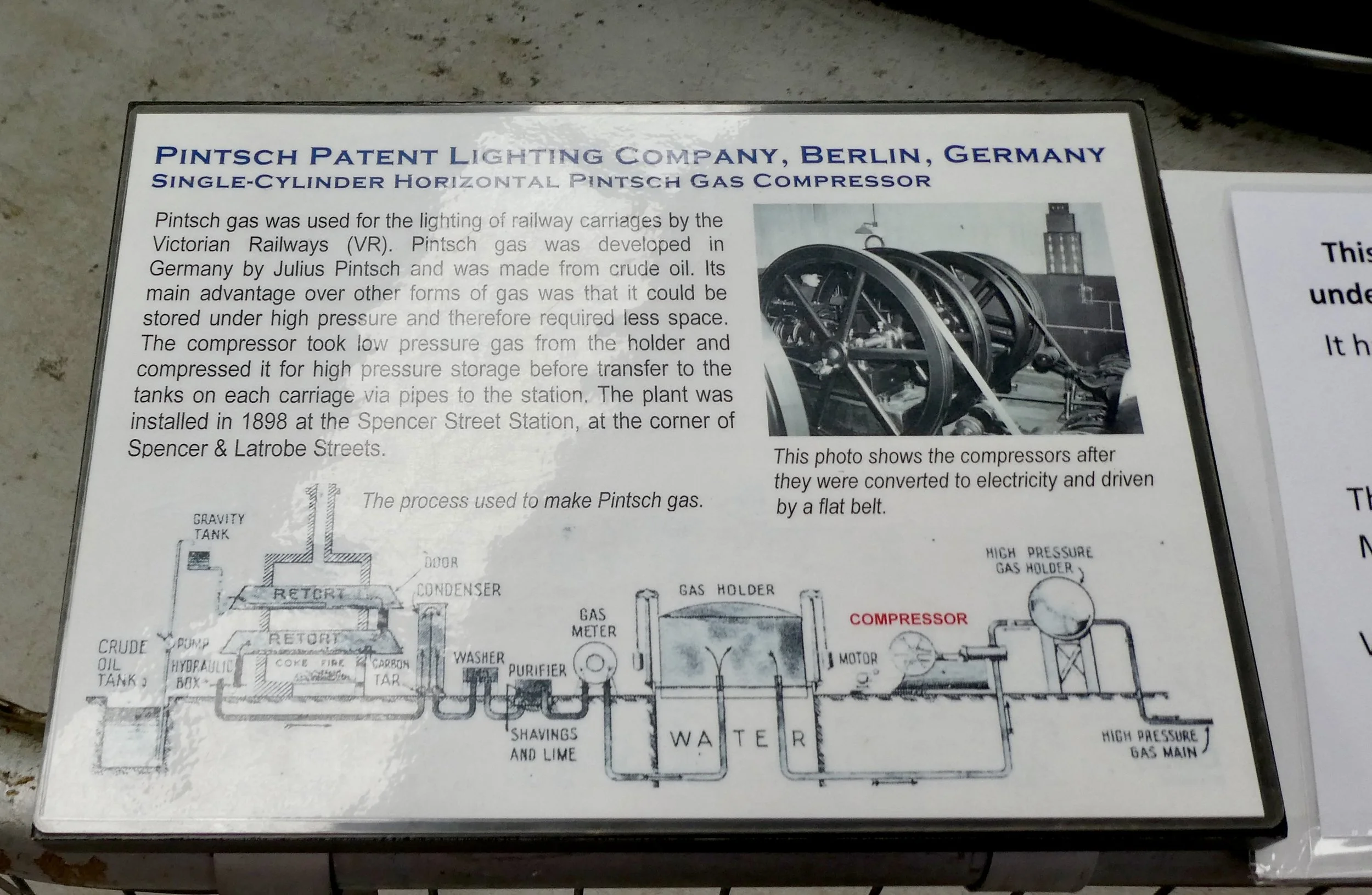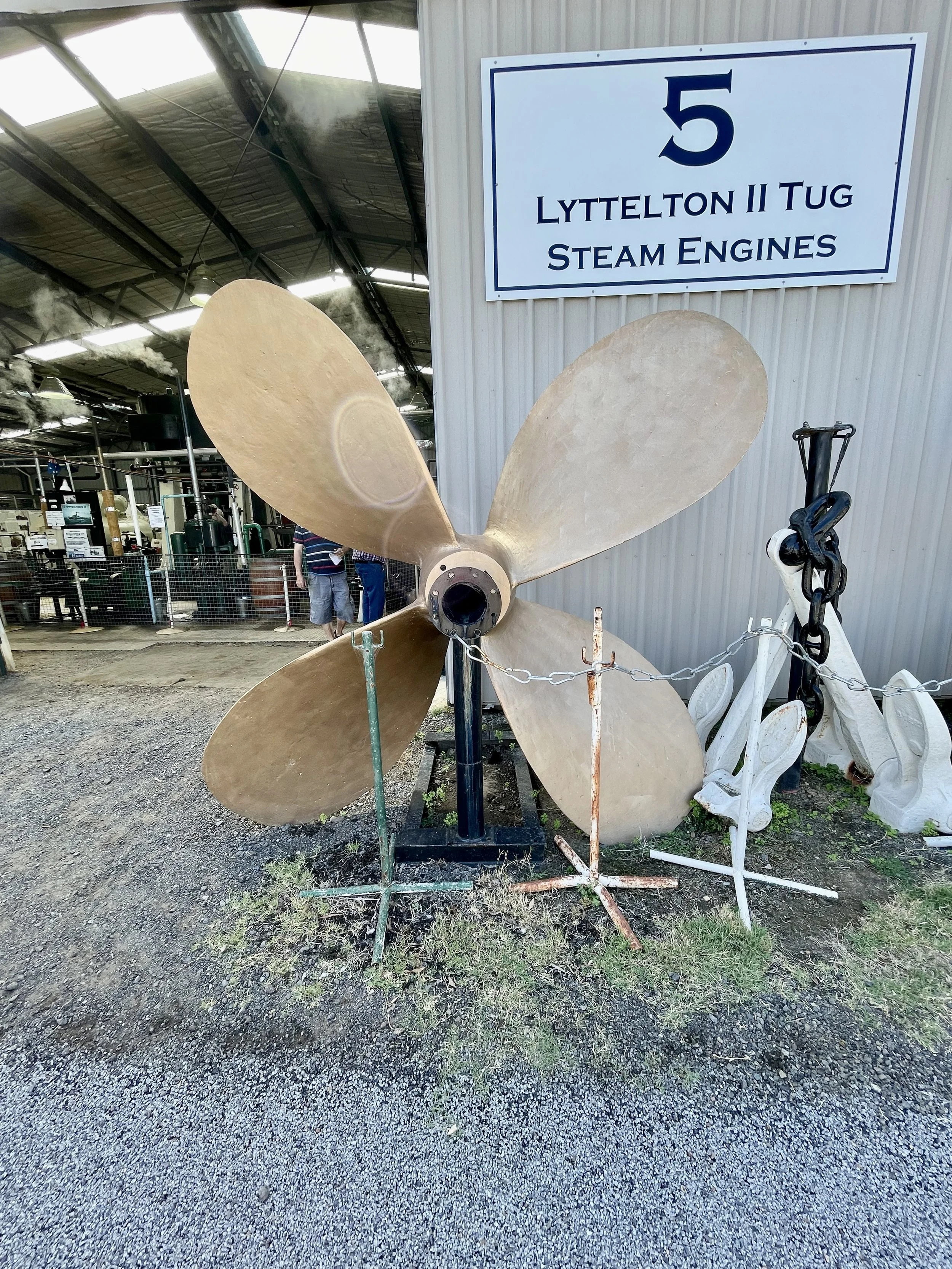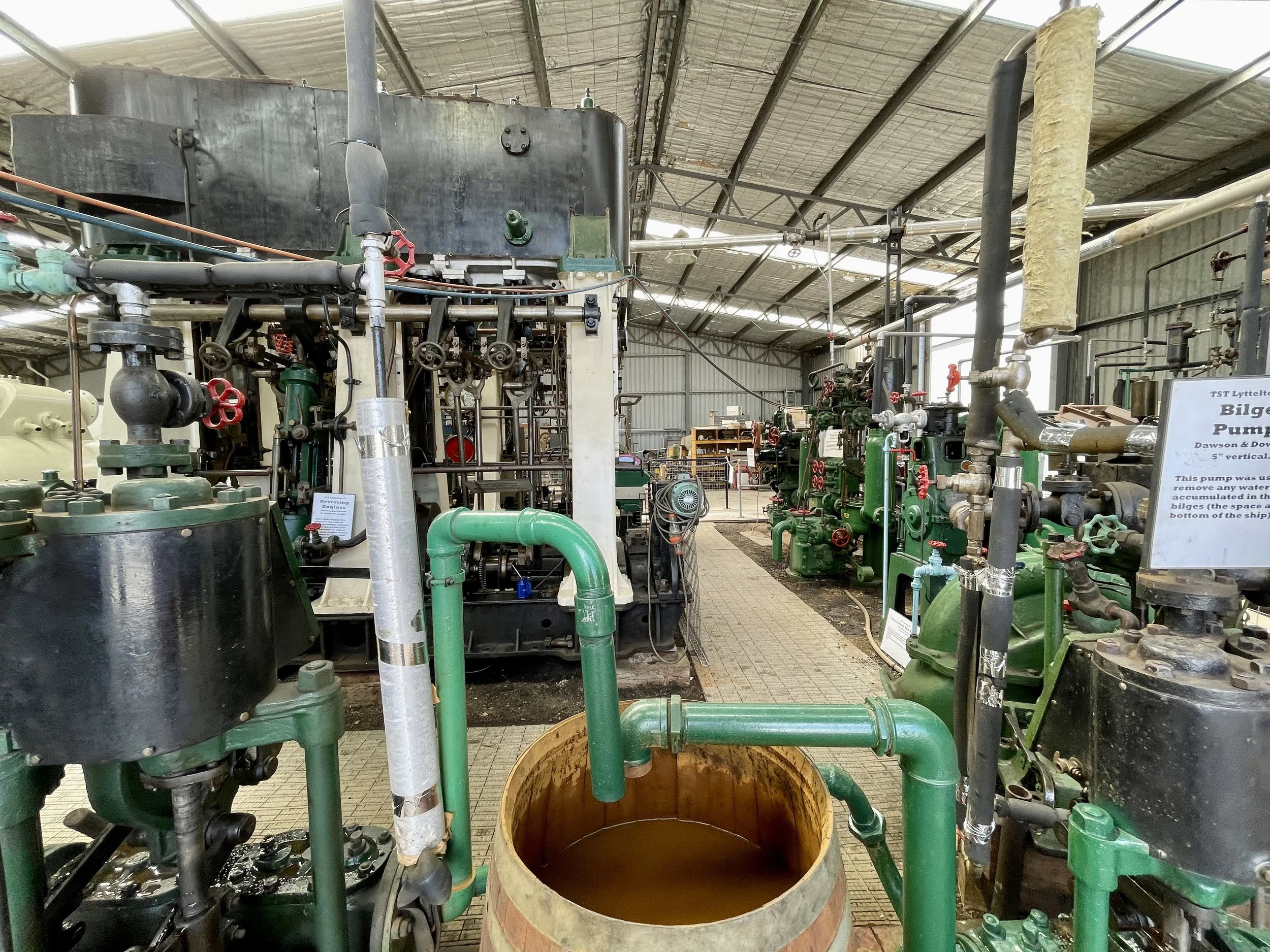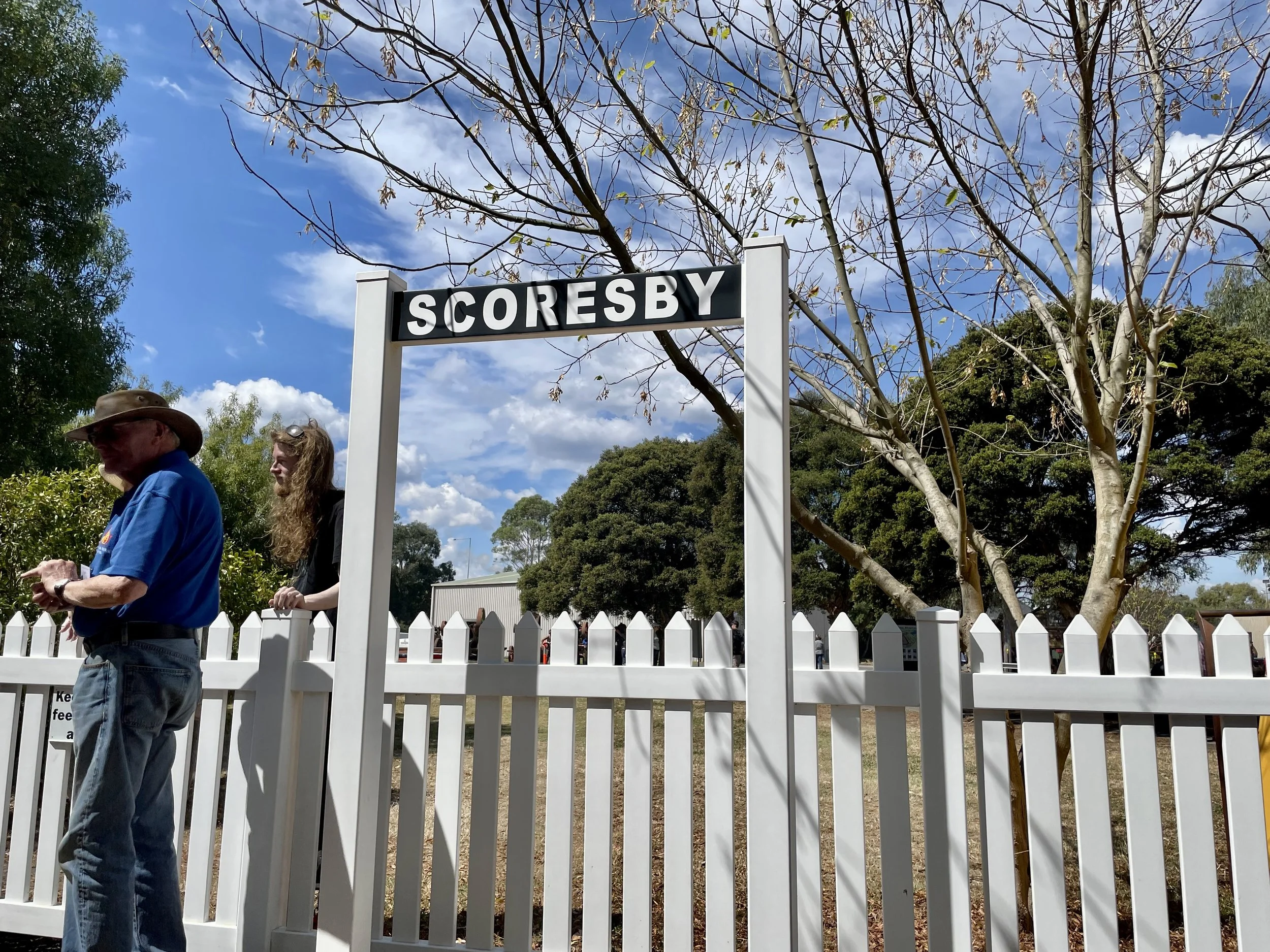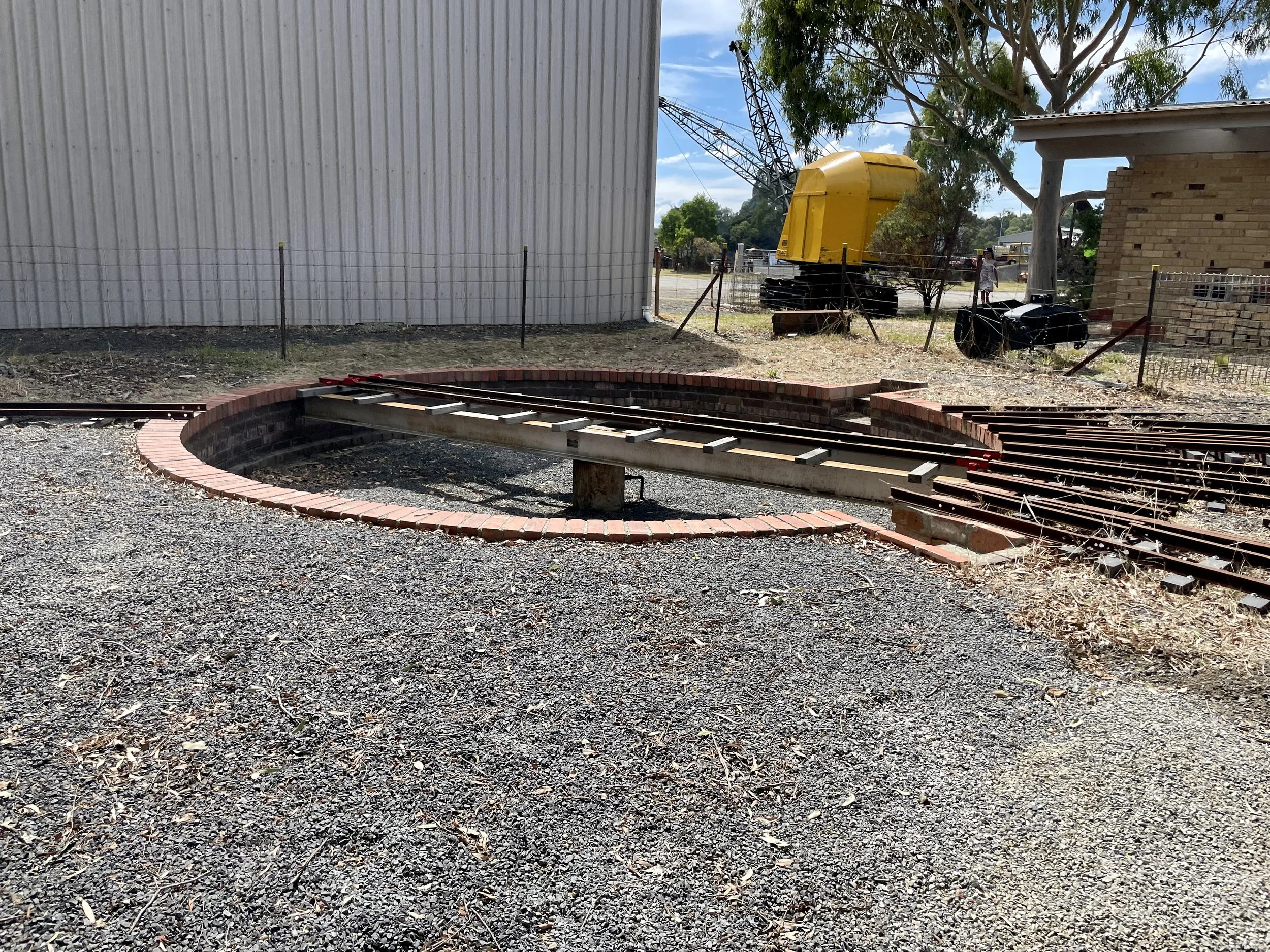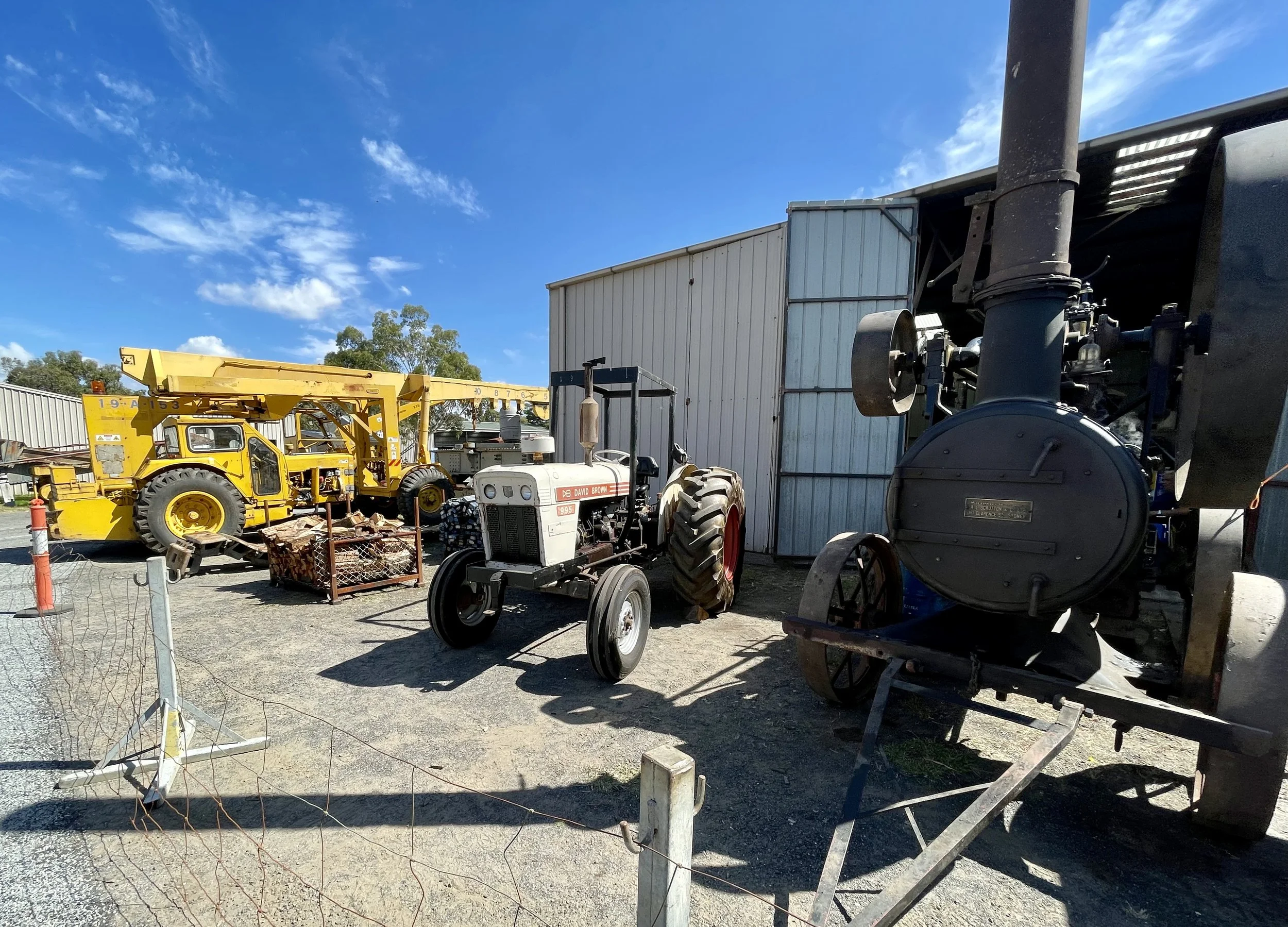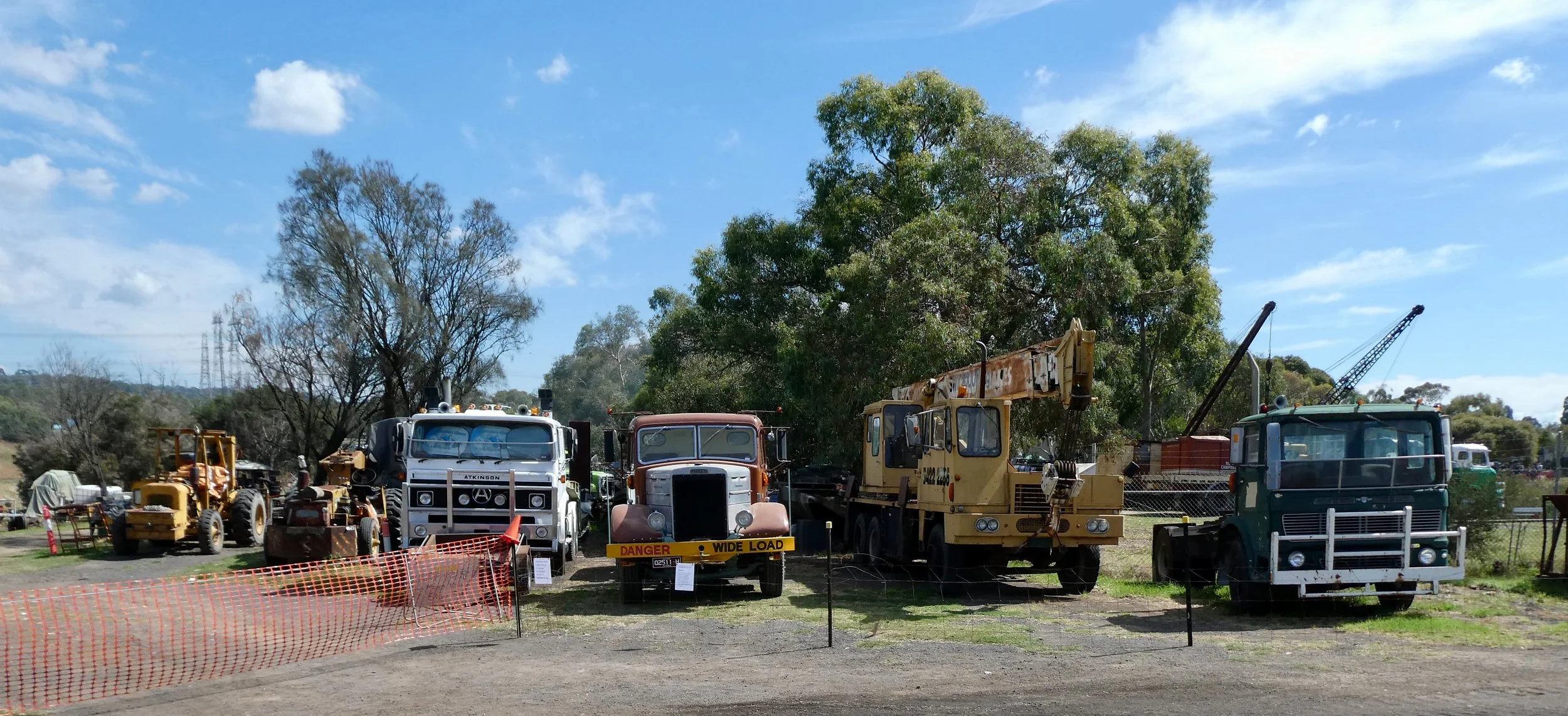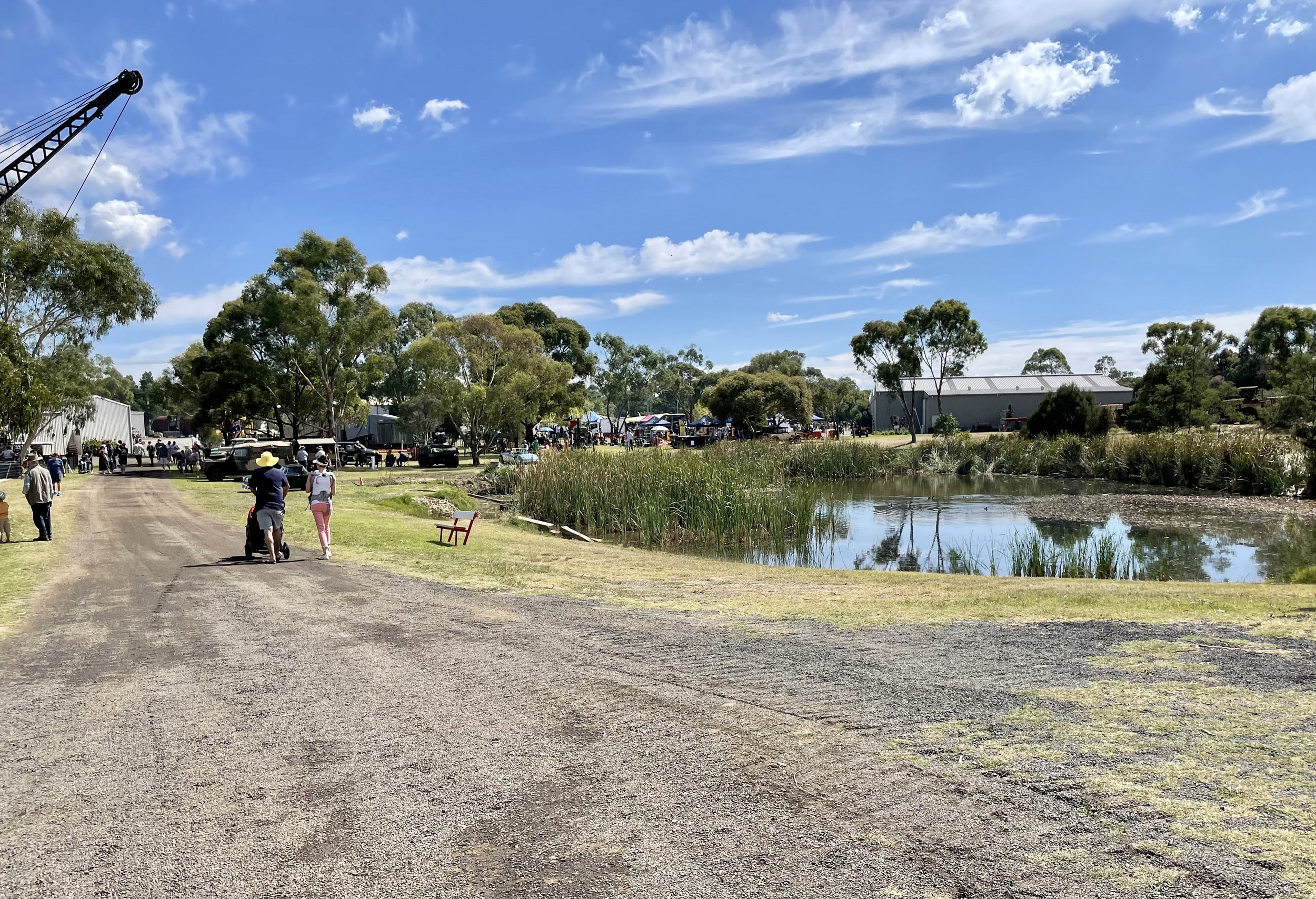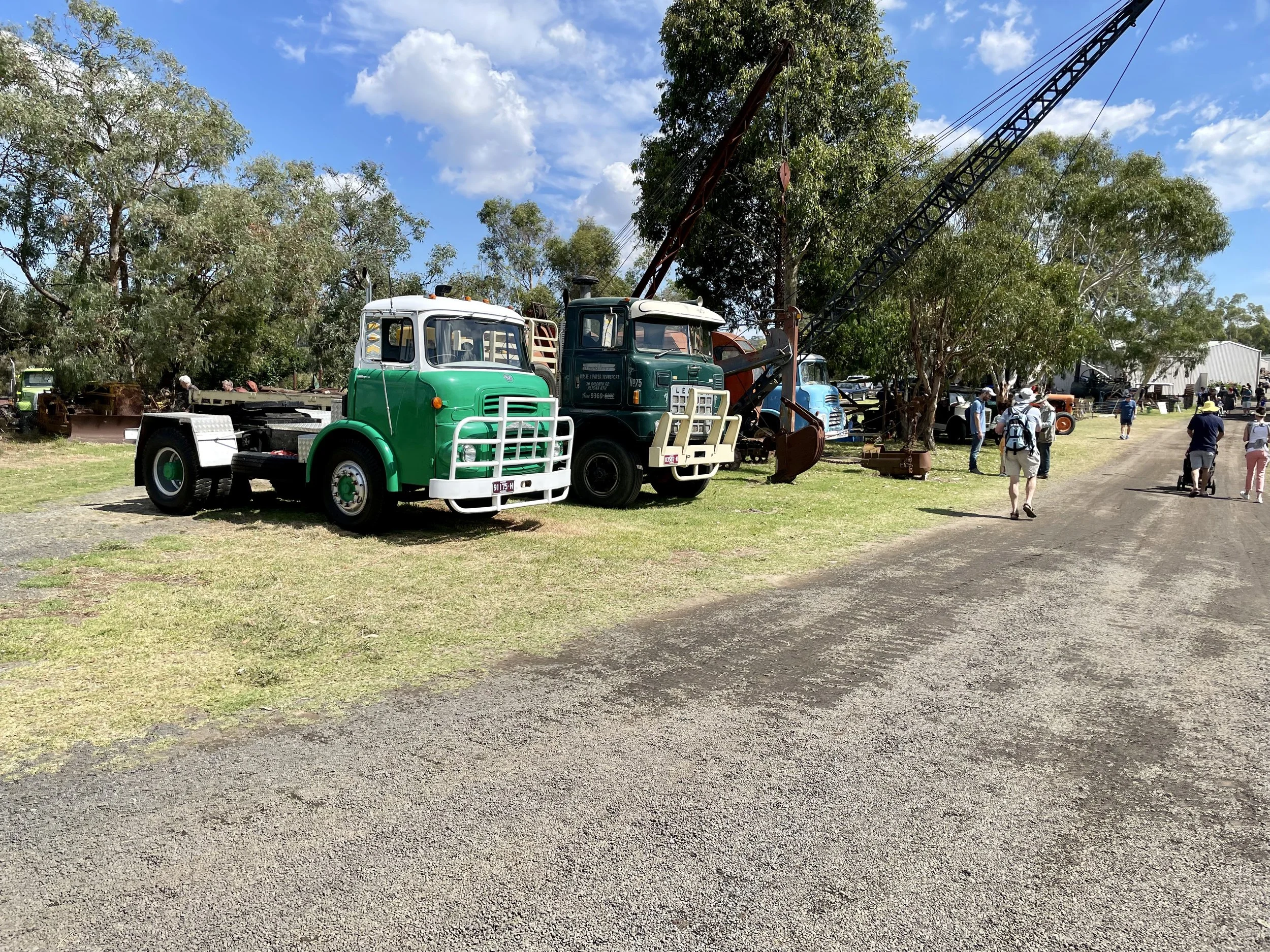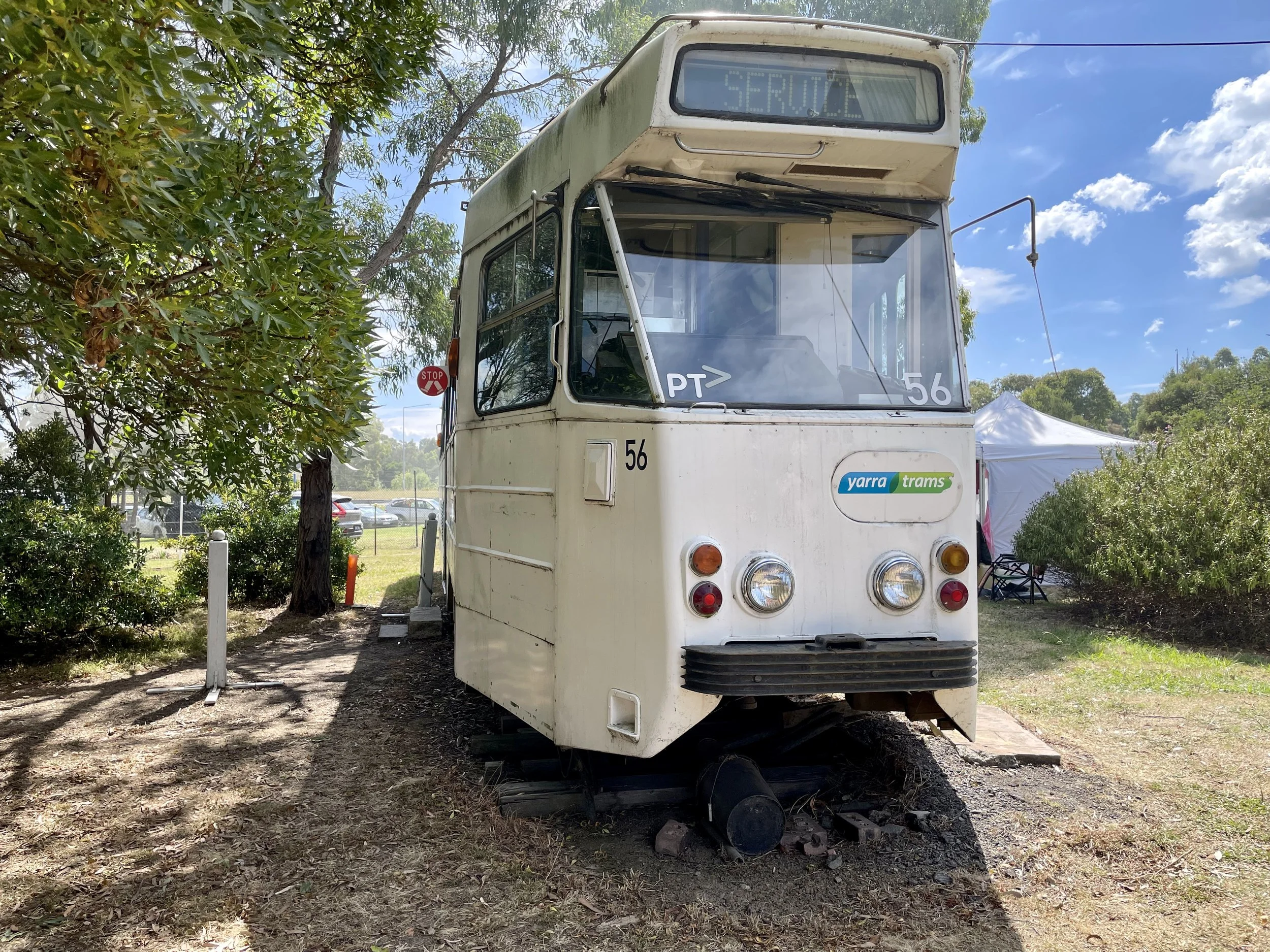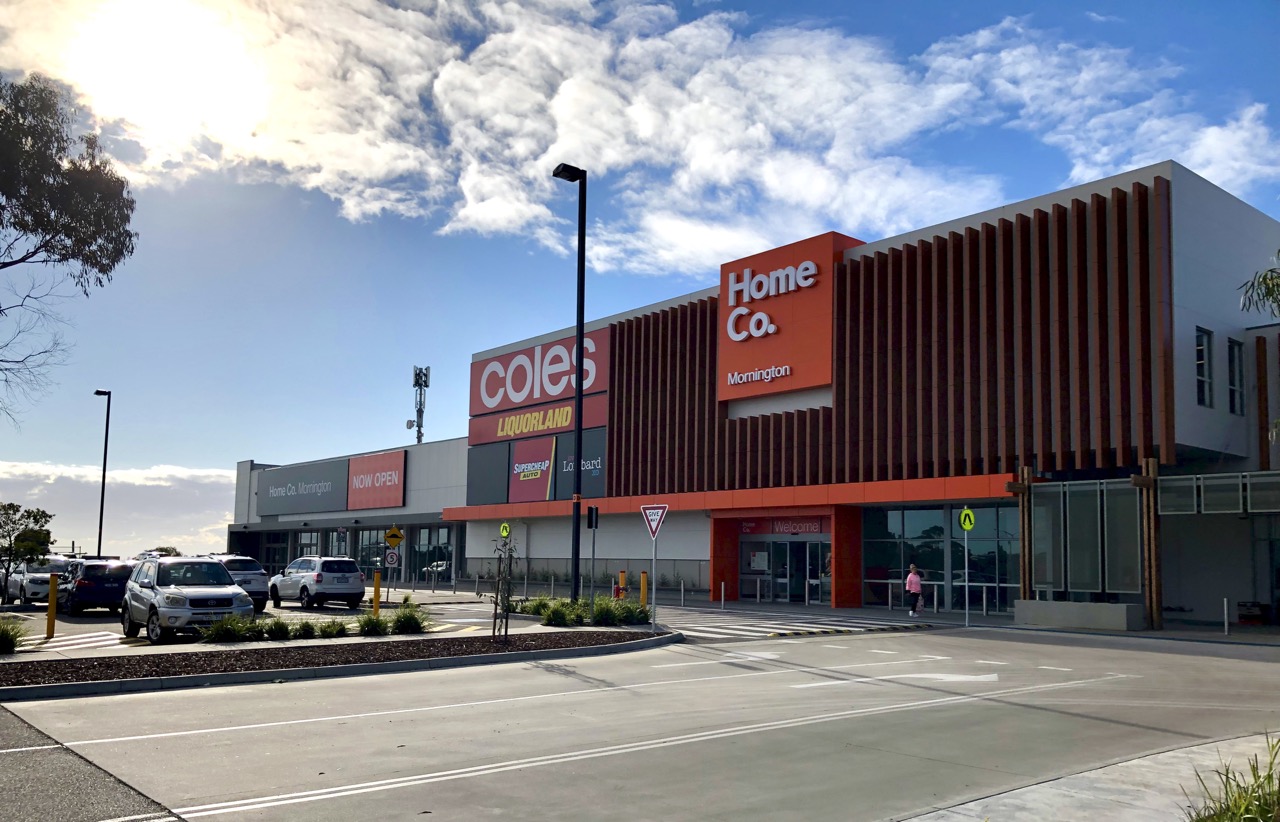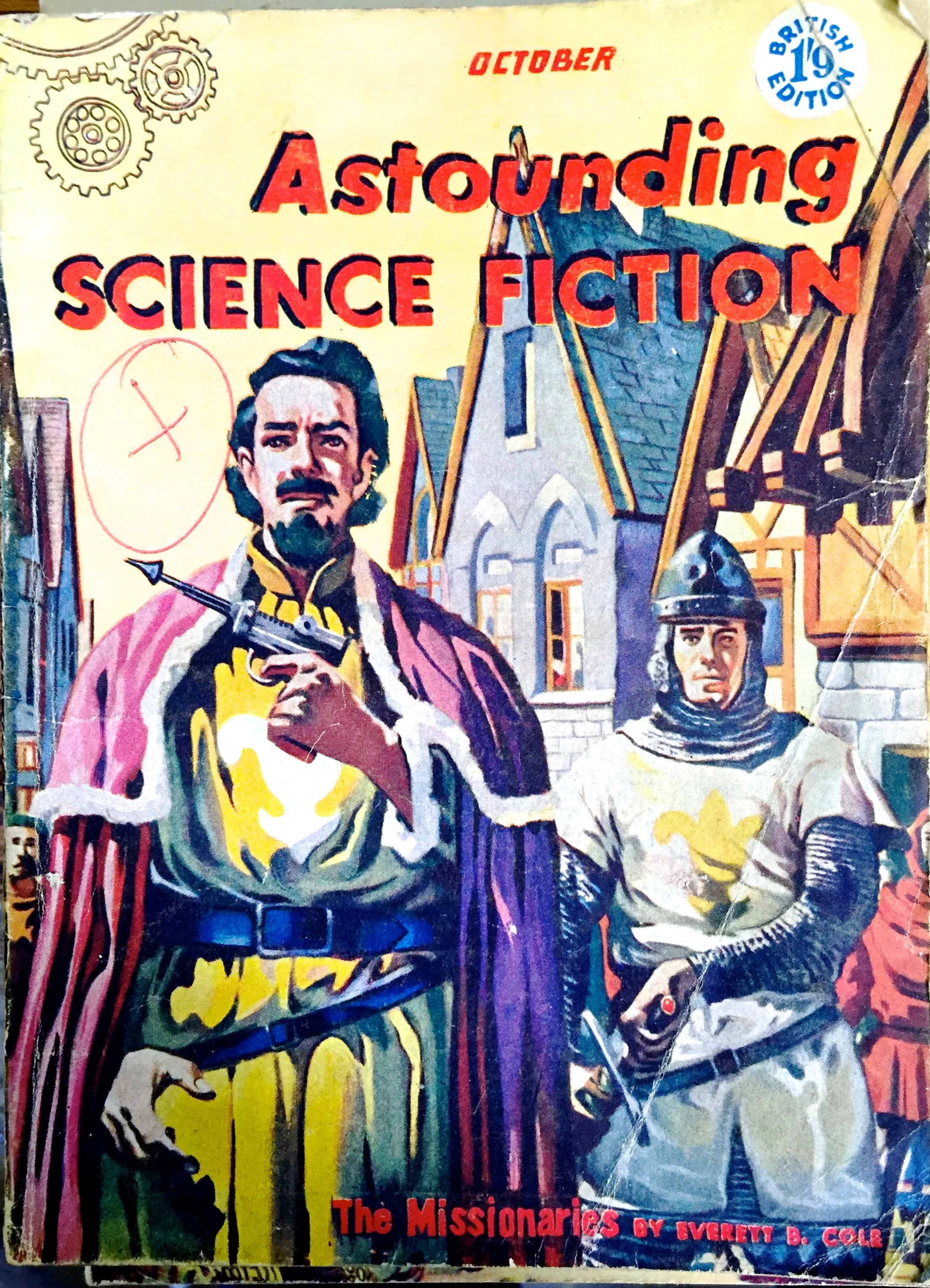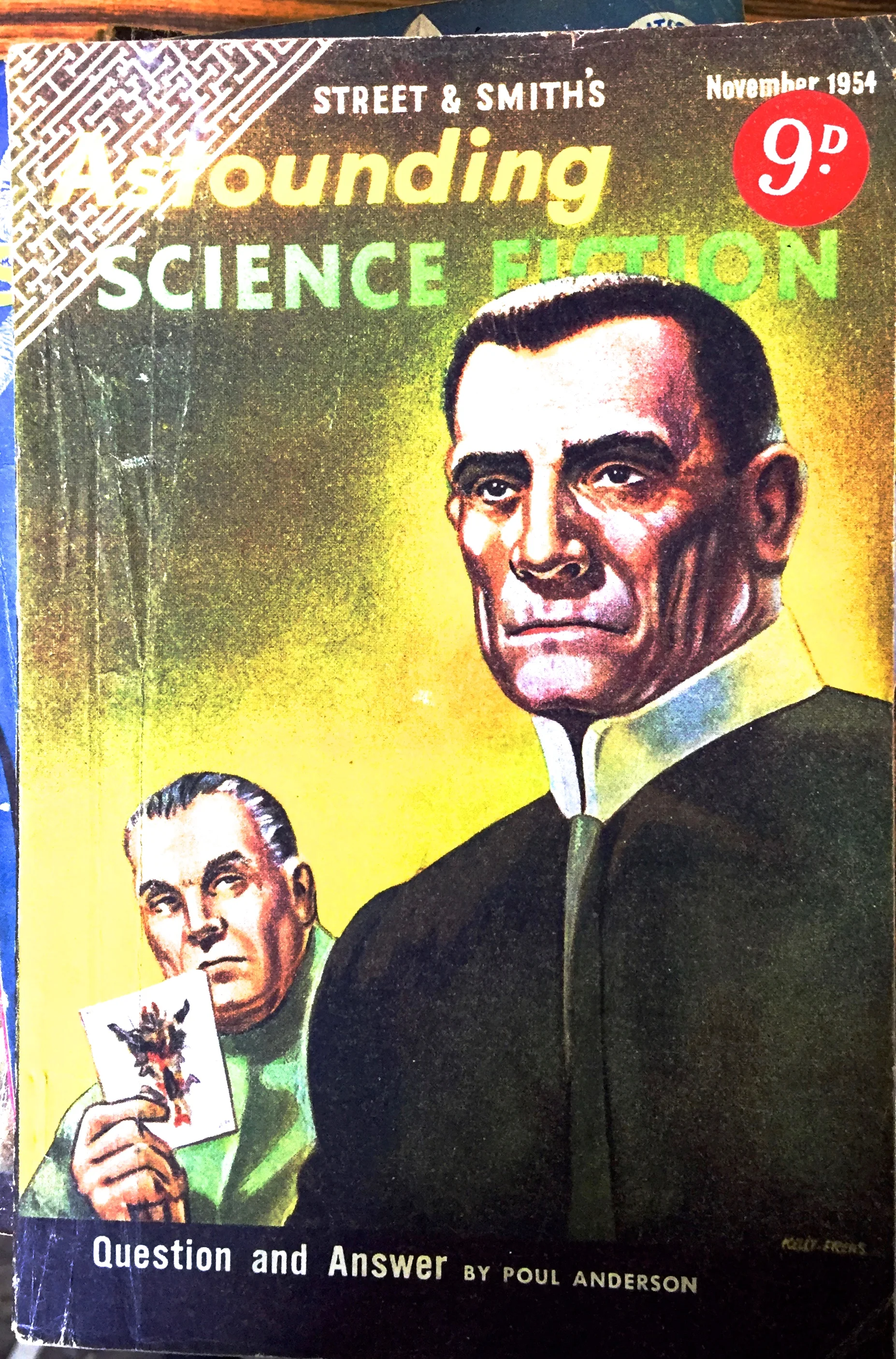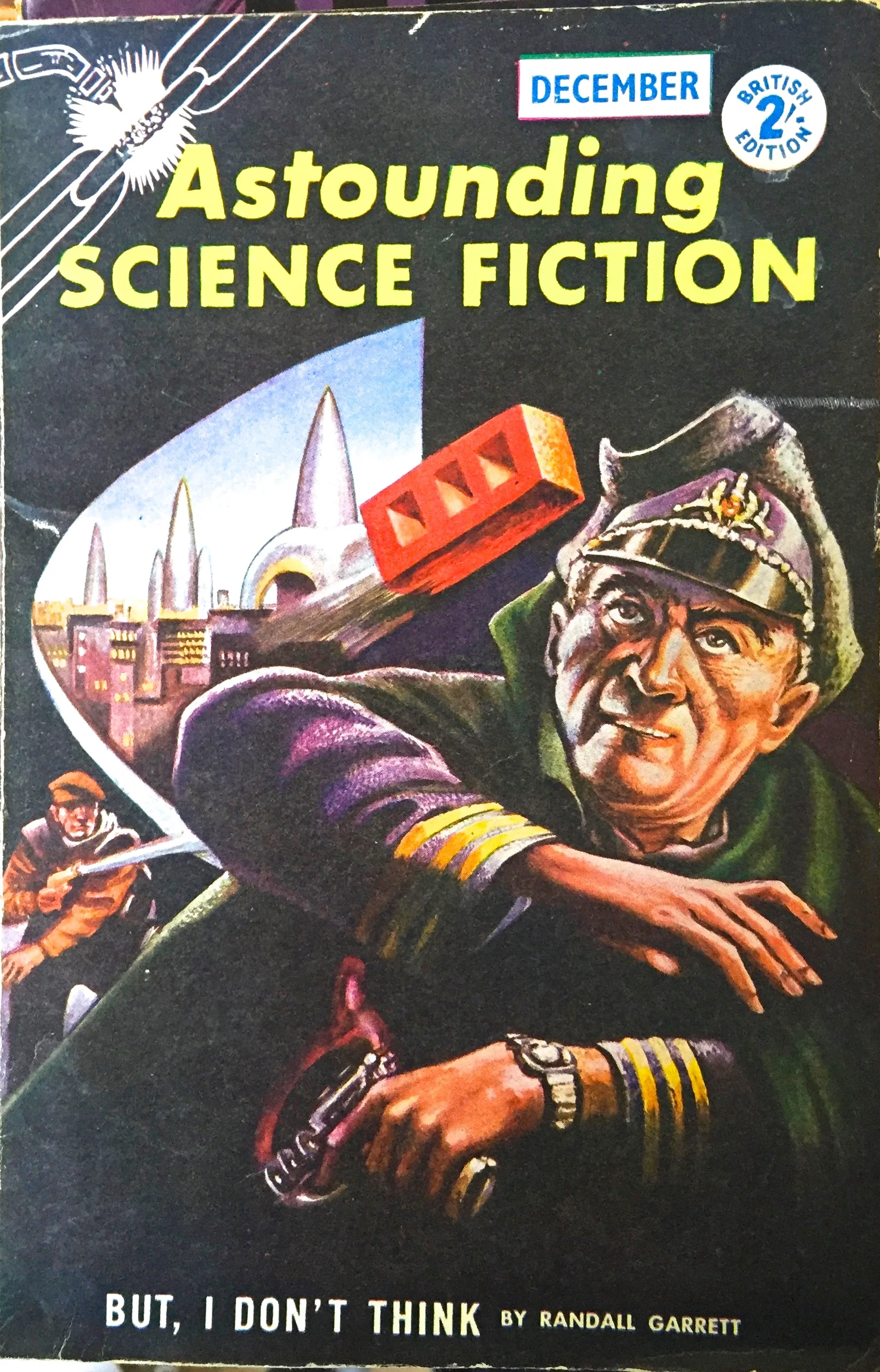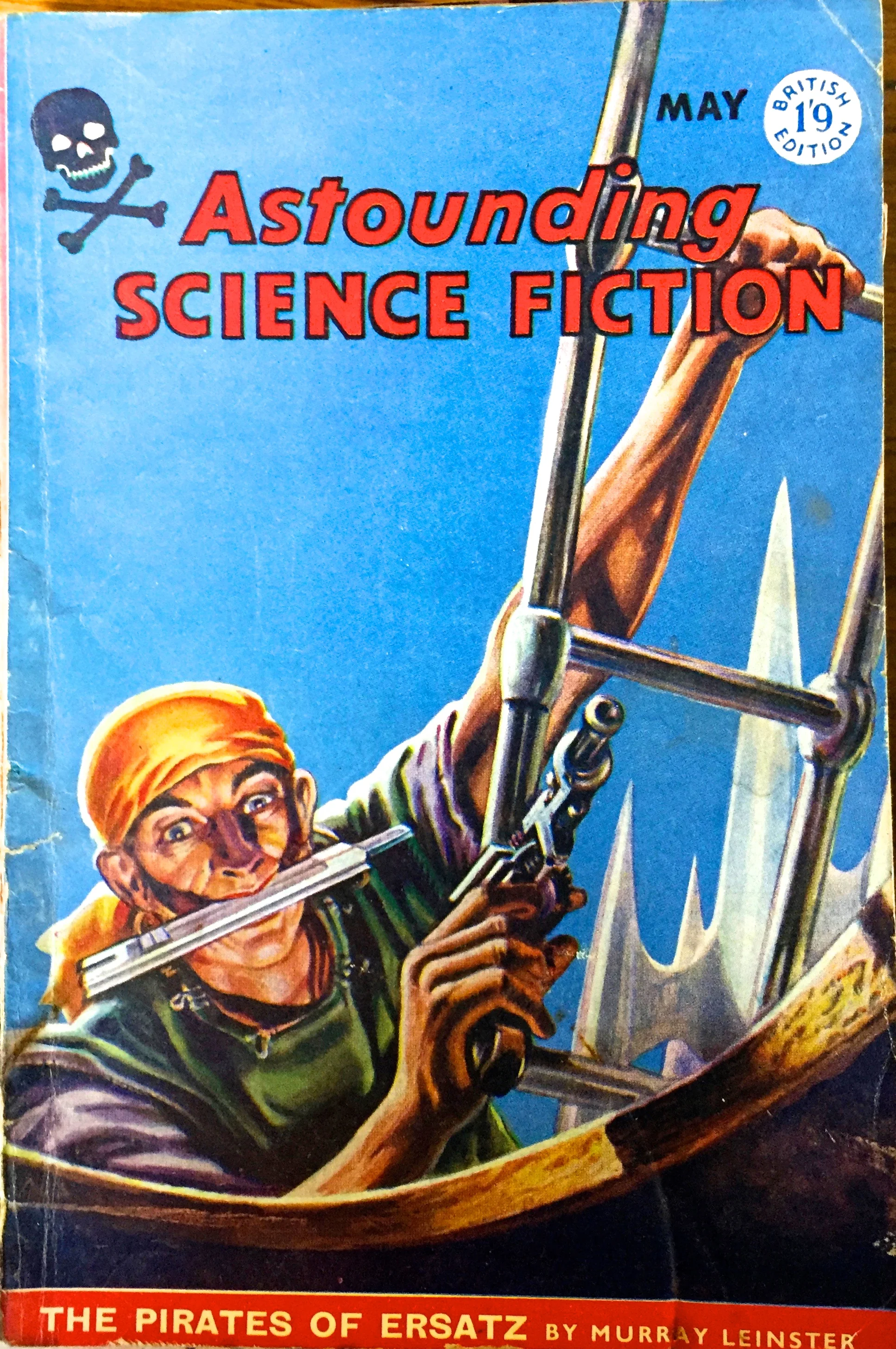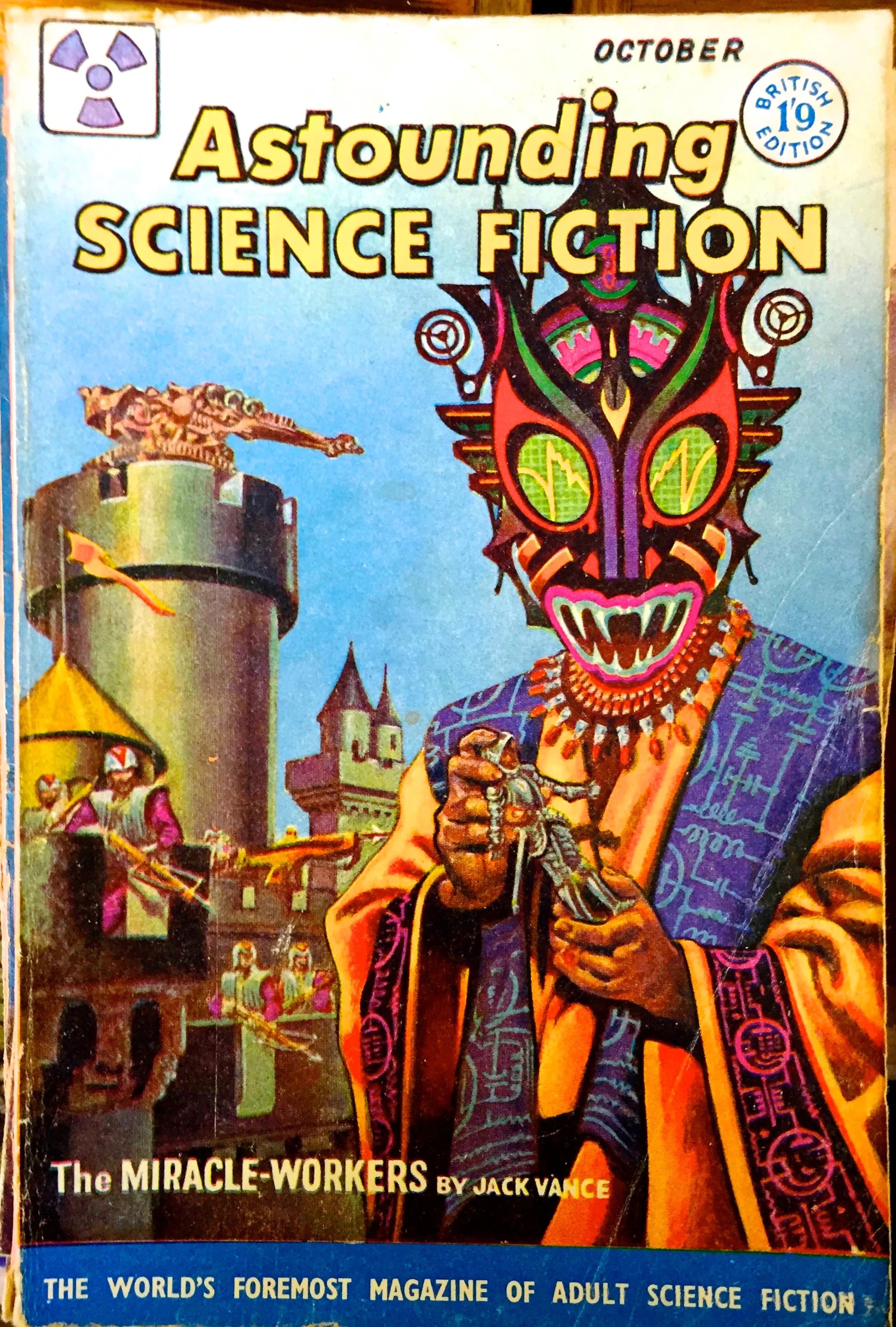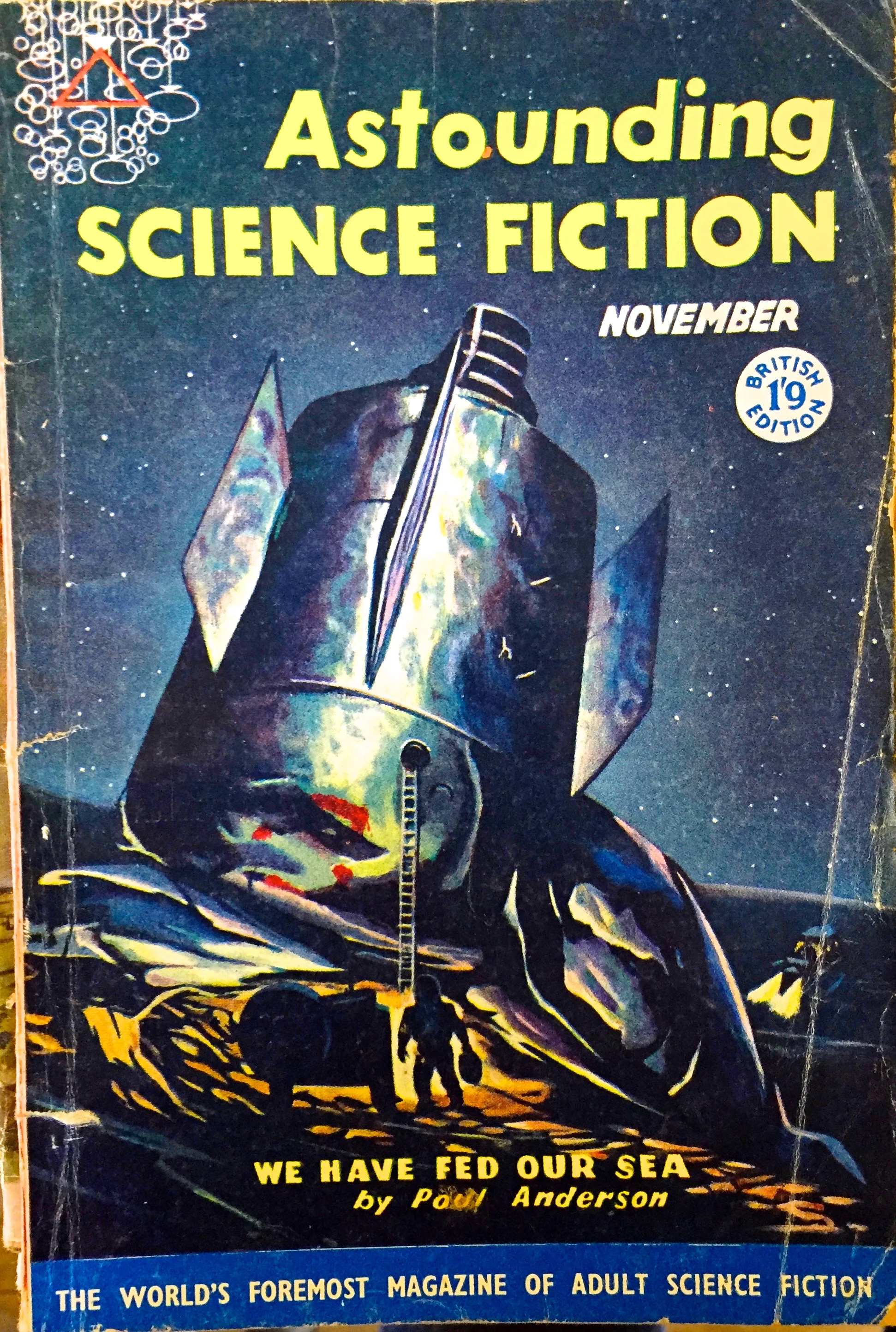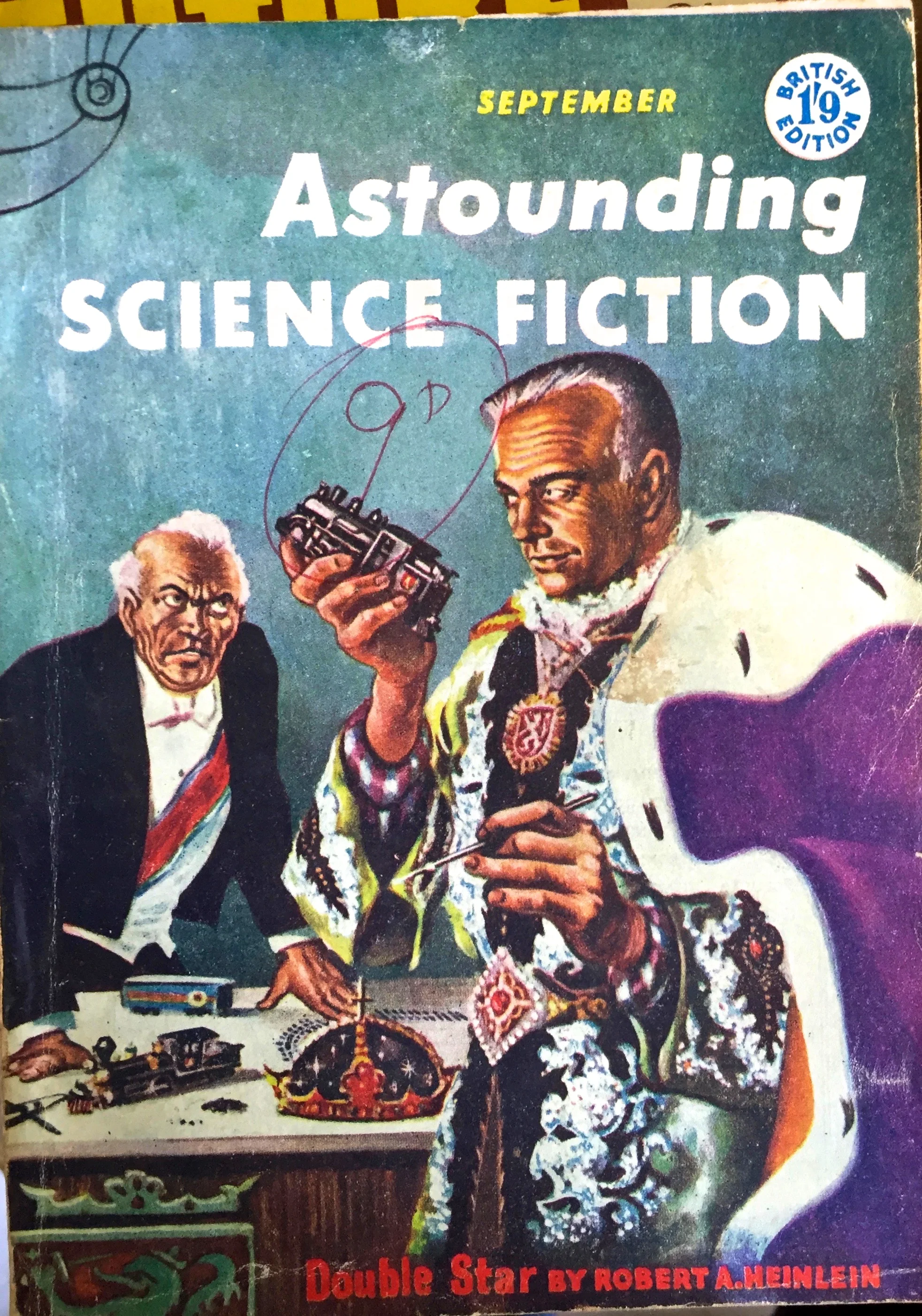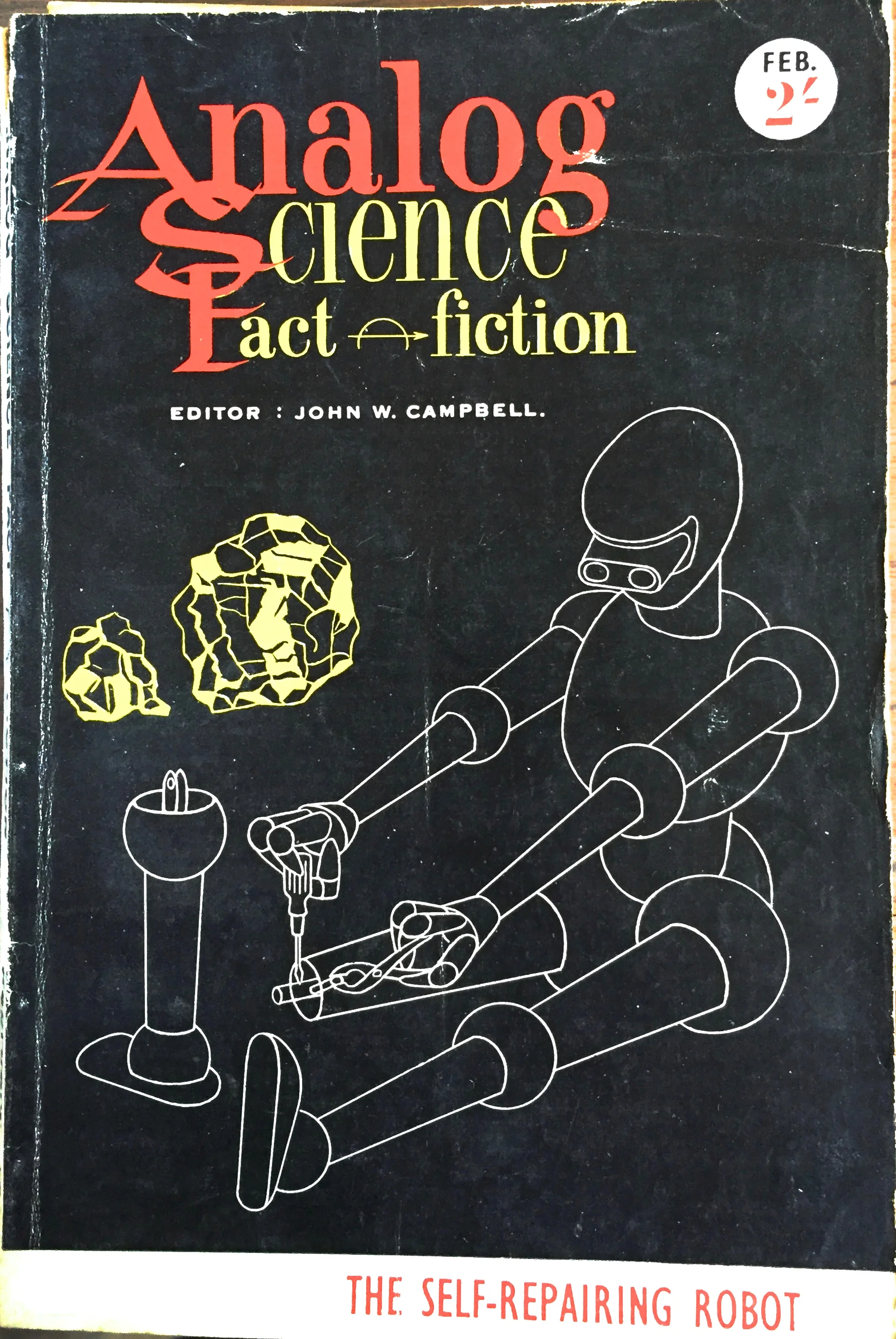Masters Home Improvement (or just Masters) was Woolworths Group Limited’s attempt to grab some of the hardware retail space in Australia away from market leader Bunnings (owned by Wesfarmers).
I have long hoped for a book that details the specifics of how Masters so supremely failed to read the market, but a quick search of book sellers’ sites reveals none presently written. So I thought I'd try a ham-fisted attempt to at least collate much of the past news reports and associated annual reports etc about the failure of the business into a timeline and summary.
2009
Masters began as something called 'Project Oxygen', supposedly because their new venture was going to steal the oxygen from the other hardware players in the market. The earliest reference to 'oxygen' regarding Woolworths is in their 2009 annual report, under the list of subsidiaries there is 'Oxygen Nominees Pty Ltd'.
The first mention of hardware from Woolworths is a press release dated 25th August 2009 under 'Strategic rationale' which I would take to be the 'why are we doing this' they cite:
The existing category for home improvement in Australia is under-serviced and Woolworths believes there is a genuine opportunity to bring competition and grow the sector with an enhanced offer.
This is in fact the only real statement about hardware, the rest is mostly fluff about growing the sector and category expansion, it's a lot of nothing that seems to be saying 'we want to grab a bit of the Bunnings pie'. Included in this section are several quotes from Chief Executive Michael Luscombe including:
“The Australian love of property and high levels of home ownership mean that maintaining and improving homes is an important part of everyday life."
Then seems to both speak to the American partnership with Lowe's in the language used, and is also the closest he comes to mentioning Bunnings:
"We’re interested in adding choice to the industry and we believe we can improve the pricing, product range and experience for customers. At the moment, the sector is dominated by one major big box player, so there is a real opportunity for increased competition in that part of the sector."
There isn't much in their annual report for 2009 beyond what is in their press release, aside from their recommended purchase of Danks (a hardware wholesaler) and several mentions of the $42 billion hardware and home improvement sector. This is a figure that will get thrown around a lot by Woolworths.
However prior to the press release being released to the media, Woolworths was already scouting for locations for their (then) unnamed stores. Including a site on McIvor Road in Strathdale (a suburb of Bendigo). In June 2009 Grant O'Brien who was the person who was originally in charge of Masters, and then became CEO of Woolworths in 2015, along with him was Woolworth's senior development manager, Tim Macmillan, and head of property Richard Champion. [Source: SMH - Bendigo 2009] A lease was signed for this location, however the situation between the landlord and Woolworths turned sour and five years later Woolworths were taken to the Supreme Court and ordered to pay $10.9 million. [Source: ABC - Bendigo 2016], [Source: SMH - 2015 Dumped Deal]
Grant O'Brien ended up leaving the company in 2015 shortly after this payout. [Source: ABC - Woolworth Chief departs 2015]
Looking back on this 'first year' of Project Oxygen/Masters and trying to chart where the interest in the hardware market might have come from for Woolworths, it might be from Danks. As according to a Sydney Morning Herald article in August 2009 Michael Luscombe had a close friend who had worked at Danks for decades.
2010
In 2010, there wasn't a lot of interesting news concerning Masters, or more likely it was still 'Oxygen' at this point. Woolworths' annual report doesn't mention Masters although it doesn't mention 'Oxygen' in a project sense either. The 2010 annual report does mention that Woolworths have completed their acquisition of "Danks Holdings Limited, Australia’s second largest hardware distributor, supplying 581 Home Timber & Hardware, Thrifty-Link Hardware and Plants Plus Garden Centre stores and over 900 independent hardware stores.", this acquisition was completed late in 2009 (11th November 2009).
Beyond this, I assume that Woolworths were acquiring land and building locations for the Masters stores, as I've not found very much information regarding Woolworths' explorations into hardware in 2010.
2011
In an AFR article dated 2 May 2011 it states that "The Masters chain will compete not only with market leader Bunnings and Metcash’s Mitre 10 but a range of homewares, appliance and specialist retailers such as Harvey Norman, The Good Guys, Reece, Tradelink and Ikea." This article is perhaps one of the better articles because it's written before the first Masters store opened in Braybrook, Victoria on 31st August 2011. It contains a lot of predictions about what Masters will do to the hardware retail space and how it will affect the market. A lot of the things promised such as high stock levels and higher levels of service from staff never really were achieved, or if they were it was only in the initial opening period and then very quickly went down hill.
In Woolworths' annual report for 2011 the Managing Director and Chief Executive Officer Michael Luscombe predicts that "Masters will roll out between 15 and 20 stores a year".
Interestingly under 'Outlook' the amount the hardware and home improvement figure has dropped $2 billion to become $40 billion in only 2 years from their last pronouncement of this figure.
"As Woolworths plans for future growth, through expansion into the circa $40 billion home improvement market, we anticipate start-up costs for Masters of up to $100 million (net of Danks operating profit and before tax and minority interest), which will impact our overall earnings in FY12. The amount of these start up costs is dependent upon a range of factors, particularly the pace of our new store."
2012
In just Master's second year of operation there was already an article talking about its layout and marketing demographic.
A Smart Company article from September 2012 cited a report from Madison Cross (a retail consultancy company) that Masters was "using a model that is suited towards female buyers, giving off a 'premium' vibe with polished [concrete] floors and bright lights. But they point out women aren’t usually the ones who make purchases in hardware stores."
This article also states that "the construction of the stores, with their bright lights and air-conditioned atmospheres, differ wildly from a store like Bunnings, which is more suited to tradesmen and people who are used to its simple, low-gloss atmosphere."
In a comment on a reddit thread from 2015 a user who said they worked at Masters seemed to also support this idea mentioning that managers of Masters would never refer to the Masters stores as "hardware stores" they were "DIY stores" – they were selling DIY ready to go, and were trying to cater to those who didn't like the current "hardware stores".
These observations are some that will be observed and repeated throughout Masters' short time in the retail space. That, for want of a better term the 'vibe' of Masters was wildly different from Bunnings.
They were, very different experiences, walking into a Masters vs Bunnings, and it wasn't just the weird vest things that the Masters staff wore. Masters had an Ikea-esque layout with separate entrance and exit doors with the former being an airlock style entrance with a vestibule area before entering the building proper. Masters also had quite uneven lighting, there was a lot of bright lighting, but that led to some portions of the stores being...not gloomy, but certainly having pronounced shadows. The flooring looked like it had never had anything hardware near it.
Again it's a return to Woolworths' annual report for 2012 to garner some information about what happened. Perhaps the most interesting thing in the annual report is again from the 'Capital Improvement and Outlook' section "Planning to secure 150 Masters sites in five years (from announcement of JV). Plan to open 15-20 Masters stores per annum with approximately 100 stores opened by the end of 2016". This prediction is interesting simply because by the end of 2016 Woolworths was looking to get rid of Masters.
In other hardware circles Metcash completed its 100% purchase of Mitre 10 in June 2012. [Source: ABC News - Metcash completes Mitre 10] Metcash is also the supplier for IGA, which means at this point there are essentially 3 hardware chains; Bunnings, Mitre 10 and Masters being owned/supplied by the largest supermarket chains Coles (Bunnings), Metcash [IGA suppliers] (Mitre 10), Masters (Woolworths).
2013
In 2013, according to Roy Morgan research in the September quarter Bunnings had 84.2 million purchases in the past 12 months, with Mitre 10 14.6 million and Masters not quite half that at 6.6 million.
According to the article "Around two-thirds of Bunnings’ customers visited (and bought) from the store four or more times during the year—including around 1 in 5 who made at least 13 separate shopping trips." Masters wasn't as good "around two-thirds of Masters’ customers only go once, twice or three times annually, for an average of around 3.5 visits per customer," however it did report that this figure was "up from under three per customer in 2012."
So, in 2013 things should have been looking up for Masters?
Well, no.
Supposedly they "didn’t know a lot about this business when we set the budget for financial 2013," CEO Melinda Smith said in July 2013. "We didn’t know a lot about the seasonal curves," she added. "We didn’t have the right stock in some instances." [Source: SMH - 2013 Woolworths failed to understand]
This statement comes up cited in a few places, which I find pretty amazing. Woolworths might not have something like Coles' Flybuys card to grab data from, but they have their own 'Woolworths Rewards' card which should have given them some data, along with just regular purchasing data. Some of that should have helped them figure out that there are seasonal curves, while it might be for their supermarket chain, some of it should have transferred to their attempt at hardware. Even sending some of their team to a Bunnings / Mitre 10 throughout the year prior to opening up Masters should have yielded some data for them.
Smith is quoted later in the article that having Lowe's as a joint venture partner was helpful, but "when it's Christmas time over there it's also winter, our Christmas time lines up with Spring and Fathers Day so its quite a different seasonal curve."
Again...I can't help but wonder how no one picked up on this, that of course, the seasons are different between Australia and the United States of America. We're in different hemispheres. This seems like really simple stuff if you're getting into a joint partnership with a company that operates in a different seasonal and retail environment to Australia that you might need to think about this stuff.
Later in this article it cites that Masters for "2012-13 [will have] a loss of $119 million but that should now blow out to a pre-tax loss of $157 million" and "Woolworths is still forecasting that Masters will break even during financial 2016, assuming more moderate growth in sales per store and improvements in gross margins.".
Later in the year in October 2013 it was reported that 'Infinity Cable' a Chinese-made electrical cable which did not meet Australian standards had been sold. Electrical Safety Office boss Brian Richardson says in the article that he believed it was mainly sold in Masters.
A year later in 2014 it was reported that Masters was "asking victims of the $80 million Infinity Cable scandal to sign away rights as a condition of removing potentially deadly wiring sold by the hardware chain."
Additionally in 2013 Dulux pulled its premium brand products which included the Dulux and Cabot brands from Masters, returning to Bunnings. [Source: SMH - Dulux denies retail price war in the cheap paint]
To round off research into this year I returned to Woolworths' own annual report for 2013. They opened 16 Masters (and 34 supermarkets in Australia, six BIG W stores, 16 Dan Murphy stores and a net additional 14 BWS stores) however the number of Masters is only one above the lowest cited in the previous year which was 15-20 per annum.
